 To cloud or not to cloud? It's a question a lot of my clients are asking more often, and is undoubtedly one of the biggest trends in the IT industry right now. SaaS, PaaS, IaaS, and soon to be DaaS -- all acronyms which represent offloading critical functions of some sort to the cloud or into virtualized environments. All the big cloud providers are guilty of throwing fancy numbers around to make their case. But do their trumpeted cost savings really add up?
To cloud or not to cloud? It's a question a lot of my clients are asking more often, and is undoubtedly one of the biggest trends in the IT industry right now. SaaS, PaaS, IaaS, and soon to be DaaS -- all acronyms which represent offloading critical functions of some sort to the cloud or into virtualized environments. All the big cloud providers are guilty of throwing fancy numbers around to make their case. But do their trumpeted cost savings really add up?
You'll have to make it to the end of this piece to find out what I think about that personally. Because in all honesty, it depends. Too many business owners I work with make the same cost comparison blunders over and over again. Most of them are so blindly focused on raw face value costs -- the "easy ones" -- that they lose focus on the bigger picture, namely their TCO (total cost of ownership).
Too many people want to compare cloud vs on premise costs in a purely single dimension, which is akin to judging a book solely on its cover alone. For on-premise, they mistakenly believe that costs stop and start with how much new hardware/software is needed to put a solution into place. And for cloud, similarly, all they see is that recurring monthly service cost.
I can make some general statements about trends I've seen in my own comparisons, but by no means does this apply to 100 percent of organizations. And mind you, my company FireLogic specializes in 25 seat and under organizations, so my experience is a bit biased towards the needs of this crowd.
For example, on the average, I have yet to see a case where hosting email in house anymore is a worthy endeavor from a cost or uptime perspective. The same can be said for niche LOB (line of business) single app servers. Office 365 and Windows Azure are two cloud services we are offloading a lot of formerly on-premise based workloads into.
But the cloud doesn't win them all. Instances that are still usually best suited for on-premise servers include large capacity file shares (50GB in size or more) or operations that would be bandwidth-prohibitive in a cloud scenario. Offices that have smaller pipes to the internet usually have to take this into account much more acutely. My suburban and urban customers usually have plentiful choices in this arena, but rural offices unfortunately don't always have this option.
Regardless of what technology you are trying to decide on a future path for, don't just follow the crowd. Take a look into the areas I am going to shed some light on, because your initial intentions may be skewed once you find out the entirety of costs entailed with staying on premise or moving to the cloud. The real picture of what's cheaper goes much deeper than the cost of a new server or a year's worth of Office 365 subscription fees.
6) Why You Should Be Factoring in Electricity Costs
I can't remember the last business owner that actually even blinked an eye towards getting a grasp on how much his/her on-premise servers was costing them 24/7. I don't accuse them of being ignorant, because realistically, most of us don't think about energy as a cost tied directly to IT operations. It's that invisible commodity that just happens, and regardless of any computers being in an office, we need it anyway.
That's true. Business doesn't operate without it. But even though today's servers are more energy efficient than they ever were in the past twenty years, this doesn't mean their electrical consumption needs should be ignored. Unlike standard computers or laptop, the average solid server has a mixture of multiple socketed processors, dual (or more) power supplies, multiple sets of hard drives in RAID arrays, and numerous other components that regular computers don't need because the key to a server's namesake is uptime and availability. That doesn't happen without all the wonderful doodads that support such a stable system.
But with that stellar uptime comes our first hidden cost: electrical overhead. And not just the power needed to keep servers humming. All that magic spits out higher than average levels of warm air, which in turn also needs to be cooled, unless you prefer replacing your servers more often than every five years or so.
Putting a figure on your server's total energy footprint is tough because it's something that is hard to do accurately unless you have a datacenter with powerful reporting equipment. And most small business owners I consult don't keep a Kill a Watt handy for these purposes. So in the effort of finding an industry average that provides a nice baseline for discussion's sake, I found this excellent post by Teena Hammond of ZDNet that actually ran some numbers to this effect.
According to her numbers, which use an average kWh cost for energy from the US Energy Information Administration as of January 2013, she figures that an average in-house server in the USA (accounting for both direct IT power and cooling) sucks up about $731.94 per year in electricity.
While this certainly makes the case for virtualizing as much as possible if you have to keep on-premise servers, it could also sway your decision to just move your workload to the cloud. It's hard to justify keeping email or small file server needs insourced if $730+ per year per server is accurate, especially as the number of users you may have gets smaller.
If you think this point is not that serious, just ask Google or Microsoft. They manage hundreds of thousands of servers across the world at any given time. Efficiency and energy use for them is a do or die endeavor. The industry standard these days for measuring efficiency by the big boys is known as PUE (power usage effectiveness). It's as simple as taking the total energy of your facility (or office) and dividing it by the direct energy consumed by IT equipment (in this case, servers).
Microsoft's newest datacenters have PUEs ranging from 1.13 to 1.2, and Google also does a fine job with a PUE of about 1.14. Keep in mind that these entities have large budgets solely dedicated to energy usage conservation efforts. The average small business throwing servers into a back closet will likely never take two winks at this. Which is reasonable given the circumstances, but again, accentuates the notion that we should be decreasing server footprint -- potentially entirely -- if the numbers add up. I wouldn't want to see how bad the PUE would be for the average SMB client I support.
Of course your own needs may represent a different story. If your office is in a large building with a shared data closet, as is common at places like the Sears Tower in Chicago where we have some customers, then you may be able to share some of these direct electrical costs. But for most smaller organizations that are on the hook for all the electricity they use, energy needs should be on the table when discussing a potential move to the cloud.
5) Bandwidth Can Be Your Best or Worst Friend
The cloud can bring a lot of potential savings to the table, but just like energy consumption is the sore thumb of keeping servers in-house, cloud migrations can slap us with a nasty realization in another area: that we may not have enough bandwidth.
When your servers are in-house, your only limits are your internal network's infrastructure. Switches and cabling that is usually more than sufficient to serve bandwidth hungry applications inside office walls. Cloud scenarios are getting smarter with how they leverage bandwidth these days, but there is no getting away from the fact that offloading hefty workloads to the cloud will call for a bigger pipe.
Cloud email like Office 365 gets around this in two main ways. For one, no one is ever sifting through reading the entire contents of their mailbox at a single sitting. Even doing massive searches across a 365 mailbox is usually handled server-side, and only the pertinent emails are downloaded in real time that need to be opened. And similarly, in the case of Outlook users on 365, they almost always keep a local cache of their email mailbox -- which further negates any major issues here. Depending on how many users an office may have, this argument dynamic could change because it becomes tougher to predict bandwidth needs when user bases start to grow.
Another prime example of a function moving to the cloud now at smaller organizations is file share needs. With the advent of services like SharePoint Online, businesses are moving to cloud file servers (including my own) for their document sharing and storage needs.
Moving a 30-40GB file share or set of shares to the cloud is an excellent example, but in turn, we need to keep in mind that without sufficient bandwidth in and out, any savings of not running an internal server could potentially be negated. If you are hitting consumption limits (like is the case with cellular services) or just purely don't have enough pipeline to go around for all at a given time (DSL or T1, I'm looking at you) slowness and productivity loss will start rearing their heads.
This excellent online calculator from BandwidthPool.com can give you a fairly decent idea of what you should be looking at in terms of connection speeds for your office. It may not have enough detail for some complex situations, but as a broad tool to guide your decision making, I definitely recommend it. In general, my company is usually moving offices from DSL or T1 over to business coax cable in the Chicago area, and in the case of T1 -- at a huge cost savings while gaining large increases in bandwidth.
If you're contemplating any kind of major cloud move, speak with a trusted consultant on what kind of bandwidth you should have in place to have a comfortable experience. We've been called into too many situations where owners made their own moves to the cloud and were frustrated with performance because they never took into account the internet connections they needed for a usable experience.
Any increased needs in internet connection costs should be accounted for in an objective comparison of going cloud or staying in-house. Situations that call for unreasonable amounts of bandwidth which may be cost prohibitive could sway you to keep your workload(s) in-house for the time being.
4) Outbound Bandwidth from Cloud Servers Will Cost You
I absolutely love cloud virtual servers. The amount of maintenance they need is less than half that of physical servers. Their uptime is unparalleled to anything I can guarantee for on-premise systems. For my SMB customers, their TCO tends to be considerably less than a physical server box. But ... and there's always a but. They come with a hidden cost in the form of outbound bandwidth fees.
All the big players work in a similar manner. They let you move as much data as you wish into their cloud servers, but when it comes to pulling data out, it's on your dime after a certain threshold. And I can't blame them entirely. If you're moving these kind of data sets across the pipes, you're likely saving more than enough cash from hosting these systems onsite that you can spend a little to cover some of the bandwidth costs they are incurring. There is no such thing as a free lunch, and cloud server bandwidth is no different.
Microsoft's Azure ecosystem has a fairly generous 5GB of free outbound bandwidth included per month, which for relatively small workloads -- or even scenarios where nothing but Remote Desktop is being used to work on a server in the cloud -- this limit may never be touched. The 900 pound gorilla in cloud servers, Amazon's EC2, is a bit stingier at only 1GB of free outbound bandwidth per month.
Pricing after the initial freebie data cap per month is pretty reasonable for the customer workloads I consult with. Microsoft and Amazon are neck and neck when it comes to pricing for bandwidth, with a reduced pricing scale as you move up in consumption (or volume). For example, if you wanted to move 100GB out of Azure in a month down to your office, after the first 5GB of free pipe, you would be on the hook for an extra $11.40 in bandwidth charges.
On a 1TB workload of outbound bandwidth in a month, you would owe an extra $119.40. Again, depending on your comfort zone and workload transfer levels needed by your scenario, every situation may come to a different conclusion. In general, I'm finding that smaller workloads which require little in/out transfer to the cloud are great candidates for the "server in the cloud" approach.
And one other symptom of moving large workloads off to the cloud is the amount of time it takes to transfer data. If your business relies on moving tens (or hundreds) of gigabytes between workstations or other onsite servers at a time for daily operation, cloud hosting of your servers may not be a smart approach. At that point, you aren't limited by the fat pipes of providers like Azure (which are extremely large - better than most connections I see at organizations I support).
The limiting factor at this point becomes your office internet connection. Even a moderately priced 50Mbps pipeline may not be enough to transfer these workloads in timely manners between endpoints. In this case, staying in-house is likely a solid bet.
We're in the process of setting up an entire accounting firm hosted up in an Azure Windows 2012 R2 Server, which after running the numbers against doing it in-house or on a niche cloud VM provider like Cloud9, the customer is going to be saving hundreds of dollars every month. In this specific instance, the cloud made perfect sense. Putting their "server in the cloud" was a good business decision due to the uptime requirements they wanted; the geographic disparity of the workforce; and the fact that we wanted to enable staff and clients to use the system as a cloud file server for industry specific sharing needs.
For those interested, you can read my full review from earlier this year on Windows Azure's Virtual Machine hosting service, and why I think its got Amazon, Rackspace, and the others beat. I touch a bit more on Azure's credibility further down in this piece.
3) The Forgotten "5 Year Rule" For On-Premise Servers
Don't try Googling the 5 year rule. It's not industry verbiage in any way, but it is something I'm coining for the purpose of this hidden cost which is almost never discussed. The 5 year rule is very simple. On the average, from my experience, organizations are replacing on-premise systems every 5 years. It may be different depending on your industry, but again, on the whole, five years is a good lifespan for a 24/7 server used in most workplaces.
For those of you pushing servers past that lifespan, this discussion also applies, but your rule may be closer to that of a seven or eight year one -- as bad practice as that may be. I say that with all honesty because when you stretch a server lifespan so far, you're usually entailing risk of unexpected failure during the migration to a new system, or increasing the risk of paying for more costly migration fees because your software dove into a much further obsolescence than it would have otherwise had at a decent five year timespan.
Back to my original point, though. The 5 year rule is something that many decision makers don't take into account because they see the cost as being too far off to consider now. Yet, when looking at cloud vs on-premise, I think it's super important to consider your TCO (which I will touch on at #1 since it is the most important hidden cost). Part of that TCO entails your upgrade costs that hit every xx number of years when it comes time to retire old on-prem servers.
And this is where the sticker shock sets in, and where cloud services tend to justify their higher recurring costs quite nicely. Yes, while you are usually paying a slight premium to keep your needs up in someone else's datacenter, their economies of scale are offsetting what it will otherwise cost you around that nasty "5 year" mark. Even in situations where staying in house may be cheaper than going to the cloud on a monthly basis, your five year replacement/upgrade costs may be so hefty due to the size of the hardware needed or licensing entailed, that going to the cloud may still be the better long term option.
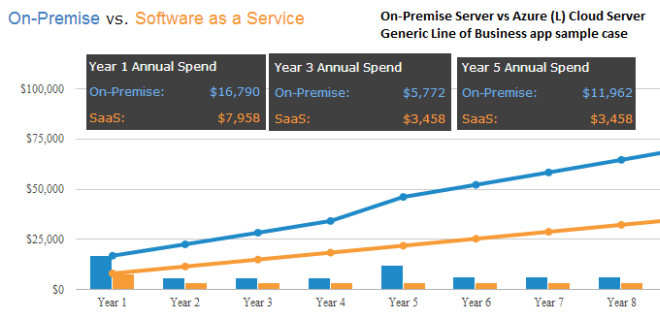
The above sample calculations I made using the TCO Calculator compare a generic line of business app server on-premise vs hosted up in a large Azure virtual machine instance. While the yearly recurring costs up to year four are fairly similar, you can see the spike that year five introduces. That extra $6190 in year five is an average aggregated cost of new hardware, software, labor fees, and related costs to replacing one physical server at end-of-life. Business owners are always oblivious to this reality in their own comparisons.
The cloud approach always entails a subscription cost which brings higher recurring monthly fees than hosting in-house, but this is not necessarily a bad thing. You aren't getting knocked with any Year 5 Rule spikes in capital expenditures because cloud providers are constantly moving their services to better servers behind the scenes, giving you the benefits of stable hardware replacements without your knowledge. It's one of the biggest benefits to the cloud route.
Not everyone will find that the cloud approach is better for them. For example, in a case where an old file server may be decommissioned in place of an energy efficient NAS box, the cloud may be tremendously more expensive if looking at providers like Dropbox for Business as a replacement. If your business was moving to Office 365 for email needs, then co-mingling SharePoint Online as a cloud file server would be ideal and fairly inexpensive. But it all depends on how much data you are storing, what your internet connection options are, etc. The variables are too numerous to put blanket statements on in a single piece like this.
The biggest thing I want people to take away is that you cannot pit on-premise cost comparisons solely on initial capital outlay of a server and the recurring monthly fees of a cloud service. Your decision making will be skewed from looking at a situation in a very strict lens, one that does not do your business long term financial justice.
2) What Does Each Hour of Downtime Cost Your Business?
The cloud sure gets a lot of publicity about its outages. Google had Gmail go down in late September to much fanfare. Amazon's virtual machine hosting on EC2 got hit with issues in the same month. Even Microsoft's cloud IaaS/PaaS ecosystem, Windows Azure, experienced its third outage of the year recently.
Hoever, compared to on-premise systems, on the average, the public and private clouds still see much better reliability and uptime. The numbers prove it, as you'll see shortly. After dealing with organizations of all ends of the spectrum in my own consulting experience, I can definitely say this is the case.
The real question here which applies to both physical and cloud environments is: what does each hour of downtime cost your business? $500? $50,000? Or perhaps $500,000? The number is different for each organization and varies per industry, but go ahead and run your own numbers to find out. You may be surprised.
InformationWeek shed light on a nice 2011 study done by CA Technologies which tried to give us an idea of what downtime costs businesses on a broad scale. Of 200 surveyed businesses across the USA and Europe, they found that a total of $26.5 Billion USD is lost each year due to IT downtime. That's an average of about $55,000 in lost revenue for smaller enterprises, $91,000 for midsize organizations, and a whopping $1 million+ for large companies.
At the study's number of 14 average hours of downtime per year per company, and using the above $55,000 in lost revenue for smaller enterprises, it's fairly safe to say that an hour of downtime for this crowd equals roughly $3929 in lost revenues per hour.
At the large enterprise level, this comes down to about $71,429 in lost revenue for each hour of downtime. You can see how important uptime is when it comes to production level systems, and why considering downtime costs is a hidden factor which shouldn't be skimmed over.
Even organizations that aren't necessarily profit bearing, such as K-12 education and nonprofits, should place some weight on downtime. Lost productivity, disruption of communications, and inability to access critical systems are all symptoms of IT downtime which can be just as damaging as lost profits.
In a very common example, we can look at an easy candidate for being moved into the cloud: email and calendaring. In the last three years, I have yet to run into a situation for small and midsize organizations where going in-house for email was the better option. Not only from a cost and maintenance perspective, but also from an uptime viewpoint.
As Google made public from an otherwise paid-only study from the Radicati Group, in-house Exchange email systems see an average of about 2.5hrs of downtime per month or about 30 hours per year. That translates into an average across the board uptime of about 99.66 percent -- or a full 1.25 days of downtime per year on the flipside. Ouch.
Office 365, in contrast, has had a proven track record lately of achieving better than 99.9 percent uptime (as tracked between July 2012 and June 2013). For the sake of calculation, keeping to Microsoft's advertised SLA of 99.9 percent uptime, this translates into a downtime of only about 8.76 hours per year. If Microsoft's track record keeps up, it will be downright demolishing the uptime numbers of its on-premise email solution of the same blood.
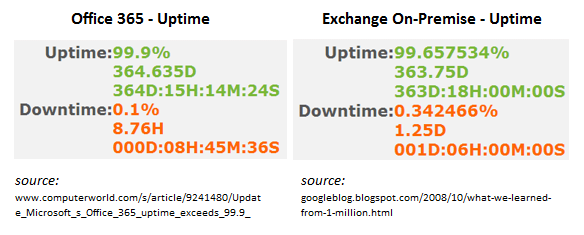
Microsoft has got the uptime numbers to back up just how stable 365 is proving to be. On-premise Exchange servers are maintenance heavy; aren't always managed according to labor-intensive best practices; and usually don't have the expansive infrastructure that providers like Microsoft can offer on the cheap, in scale. This explains why in-house Exchange systems average an uptime of only 99.66 percent, and Office 365 is hitting a 99.9 percent+ month after month. You just can't compare the two anymore. (Credit to EzUTC.com for the visual uptime calculator.)
How do cloud providers achieve such excellent uptime figures, even in light of the bad PR they get in the media? The vast technical backbones that power cloud data centers are technologies that are out of reach for anyone except the largest enterprises. Geographically mirrored data sets, down to server cluster farms which number in the hundreds of systems each -- the average small business with a Dell server just can't compete.
And even in spite of being put under the microscope recently for a spate of short outages, Windows Azure has been winning over the experts in some extensive comparisons that are being done. For example, cloud storage vendor Nasuni released a study in February 2013 showing that Azure had bested Amazon S3 as the best overall cloud storage provider based on stress tests in availability, speed, scalability, and other head to head aspects.
"The results are clear: Microsoft Azure has taken a significant step ahead of Amazon S3 in almost every category tested," the study went on to say. "Microsoft’s investment in its second generation cloud storage, which it made available to customers last year, has clearly paid off,” according to Andres Rodriguez, the CEO of Nasuni.
Whichever direction you are heading with your IT plans, be sure that you know what your downtime cost per hour figure is, and what kind of uptime your prospective approach is going to afford you. That cheap on-premise solution that could be seeing 15-30 hours of downtime in a year may not be so attractive after all if you can put a hard number on your losses for each hour of being out of commission.
1) Anyone Can Compare Recurring Costs, But Do You Know Your TCO?
I saved number one for the very end, because this is the biggest gotcha of them all. The one that only the most in-depth business owners tend to put onto paper when running their numbers. Most of the time, this never even gets discussed because as I said earlier: out of sight, out of mind. How wrong such a mentality can be.
Total Cost of Ownership is the most accurate, objective way to place on-premise and cloud solutions on an apples to apples comparison table. This is because of the innate disparity between the two paths when viewed in the traditional lens. Recurring monthly costs always take precedence over initial hardware CAPEX costs, and the nasty "5 Year Rule" spike, which is why TCO puts all of these into perspective in the same paradigm.
Just because cloud services are almost exclusively dealt with in a subscription based model, this doesn't mean we can't compare our TCO across a five, eight, or ten year timespan. Using the simple TCO calculator I mentioned earlier in the 5 Year Rule discussion, we can find our ten year TCO on a given comparative decision for IT in the same manner.
Let's ring back around to a very common scenario for my client base. Where should I host my email now that our eight year old Dell server is about to die? If we keep things in-house, we need a generously powered Dell server (I used a T420 Poweredge tower from a recent customer quote in this example) with licensing for Exchange 2013 along with server user CALs and Exchange user CALs for ten people.
Likewise, a move to the cloud introduces the need for Office 365 E3 licensing for everyone which provides email, Lync, and Office 2013 download rights for all users. To make things fair, I included the cost of a $900 QNAP loaded with enterprise Seagate drives for on-prem file storage after the old server goes down, since our scenario doesn't make SharePoint Online a feasible option.
Here's how the eight year TCO lines up for such a comparison:
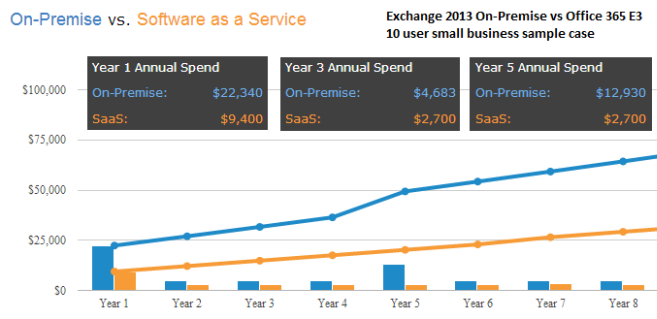
At year 1, on-premise hits our example customer with a heavy load of fees. Not only do we account for initial upfront hardware/licensing, but we need antivirus software, onsite backup software (we like ShadowProtect a lot), cloud backup (via CrashPlan Pro), not to mention monthly maintenance and patching of the server, electricity consumption, along with unforeseen hardware costs. 365 wins out on recurring costs month to month (by a little), and then again, our Year 5 Rule comes into effect and the new system costs shoot up TCO quite heavily.
Most importantly, look where our TCO is after eight years. The on-premise route has us at around $65-68K, while over the same timeframe, the cloud approach with Office 365 would have put us at just about $30K. That's more than a 50 percent savings over eight years. Most people wouldn't have figured such costs, because once again, they are so squarely focused on their upfront CAPEX for on-prem or recurring costs on the cloud side.
Does the cloud always win out as shown above? Absolutely not. If I pitted an on-prem NAS storage box, like the aforementioned $900 QNAP with some enterprise Seagate drives for file storage, the TCO compared to using something like Dropbox for Business or Box.net would be tremendously lower. The cloud is not mature enough in the area of mass file storage yet where it makes financial sense to dump physical in-house storage options in exchange for such services. On a smaller scale, we've found SharePoint Online to be a great alternative for lighter needs, but not if you are hosting mass dumps of CAD drawings or media or similarly bulky file sets.
Run the numbers, do your math, and find out where your needs stand. If you don't understand what your 5, 8, 10 year (or longer) TCO looks like, you cannot pit the cloud and physical systems head to head at an accurately analytical level. Making the same mistake that I see time and time again at the organizations we consult will end up giving you the false impression that your chosen approach is saving you money, when in the end, that may be far from the case.
I'm not trying to be a blind advocate for one camp or another. My company is busily helping organizations come to proper conclusions so they can make their own decisions on what path is best for their futures. While the cloud is tipping the scale in its favor more often than not recently, I outlined many scenarios above where this is not the case.
Don't let salespeople guide your decisions based on their pitches alone. If you can objectively compare your own standing from TCO to downtime cost per hour, among other factors, you're in a position of power to make the best choice slated in solid fact. And that's a position that invariably leads to the best results. There are enough tools available today as I described above which can make this comparison process as easy for the average Joe as it is for the CTO.
Photo credit: Tom Wang/Shutterstock
 Derrick Wlodarz is an IT Specialist who owns Park Ridge, IL (USA) based technology consulting & service company FireLogic, with over eight+ years of IT experience in the private and public sectors. He holds numerous technical credentials from Microsoft, Google, and CompTIA and specializes in consulting customers on growing hot technologies such as Office 365, Google Apps, cloud-hosted VoIP, among others. Derrick is an active member of CompTIA's Subject Matter Expert Technical Advisory Council that shapes the future of CompTIA exams across the world. You can reach him at derrick at wlodarz dot net.
Derrick Wlodarz is an IT Specialist who owns Park Ridge, IL (USA) based technology consulting & service company FireLogic, with over eight+ years of IT experience in the private and public sectors. He holds numerous technical credentials from Microsoft, Google, and CompTIA and specializes in consulting customers on growing hot technologies such as Office 365, Google Apps, cloud-hosted VoIP, among others. Derrick is an active member of CompTIA's Subject Matter Expert Technical Advisory Council that shapes the future of CompTIA exams across the world. You can reach him at derrick at wlodarz dot net.



 It being the week of Thanksgiving, anyone looking for a bargain will have been eagerly anticipating Black Friday. The big names did not disappoint including Microsoft who had special prices on Surfaces. If you were undecided between buying a Surface or an iPad, Microsoft compared the two devices so you don’t have to -- and there are no prizes for guessing which comes out on top! If you give or receive giftcards as presents this year, they can now be used to pay for things through PayPal checkout.
It being the week of Thanksgiving, anyone looking for a bargain will have been eagerly anticipating Black Friday. The big names did not disappoint including Microsoft who had special prices on Surfaces. If you were undecided between buying a Surface or an iPad, Microsoft compared the two devices so you don’t have to -- and there are no prizes for guessing which comes out on top! If you give or receive giftcards as presents this year, they can now be used to pay for things through PayPal checkout.

 Helsinki-based security company F-Secure has released
Helsinki-based security company F-Secure has released 

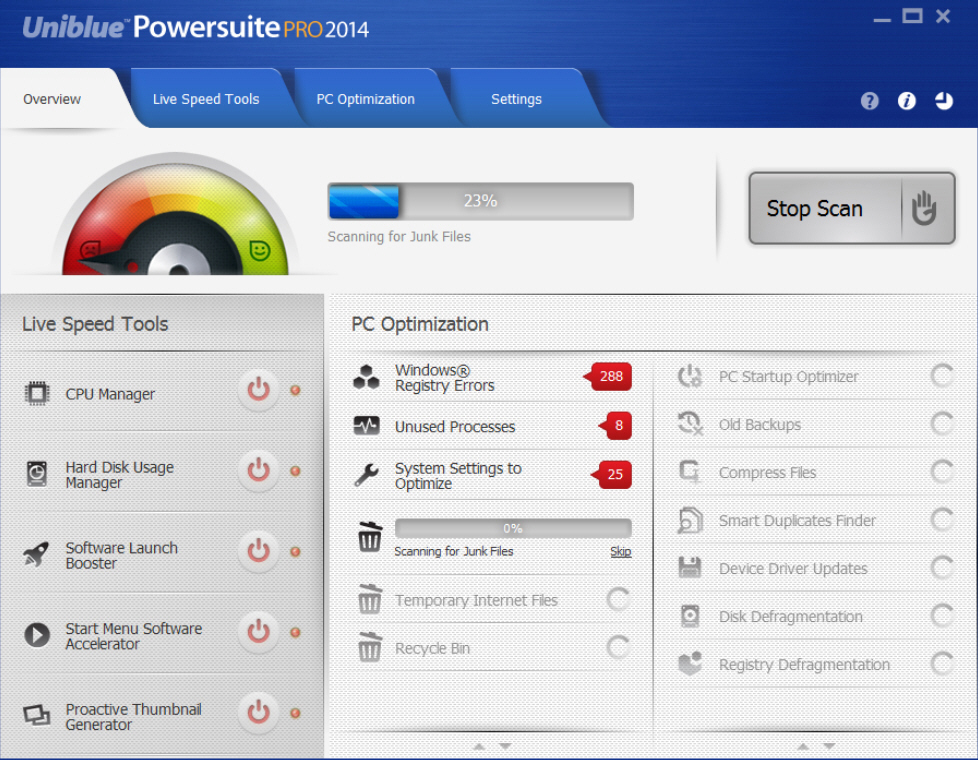

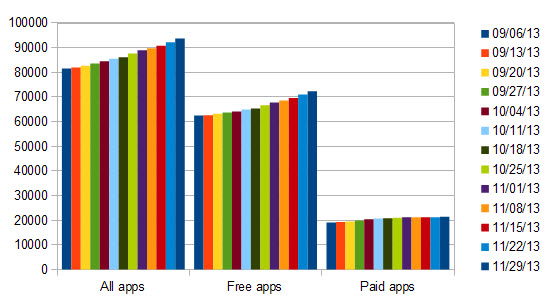
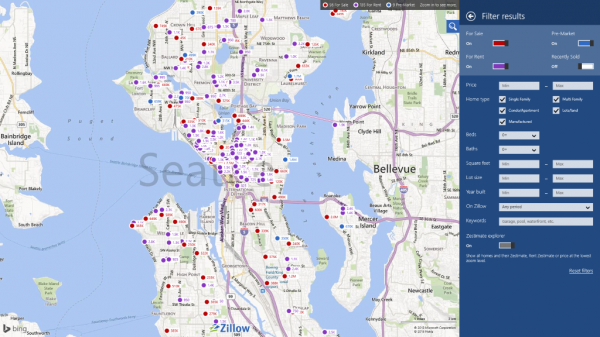



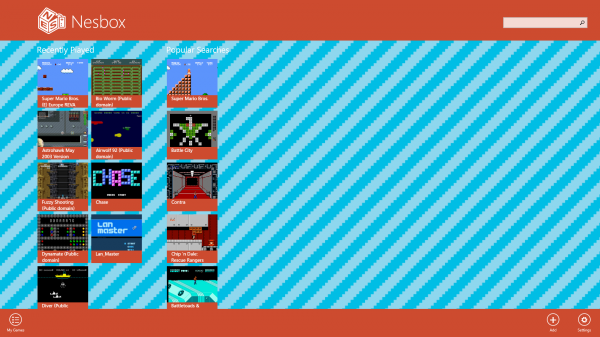




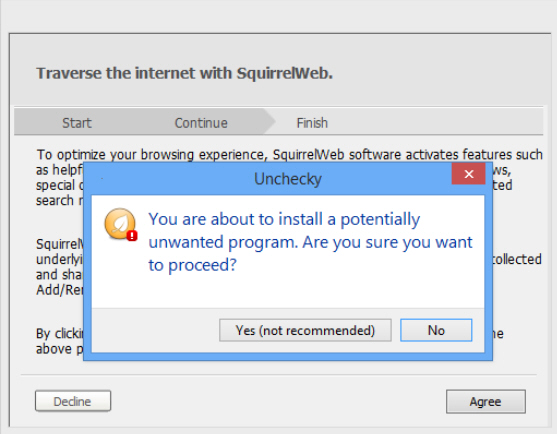 It’s happened to us all. You’ve found what looks like some great freeware, downloaded and installed it, only to discover that your browser has a new toolbar, home page, search engine and more. Many setup programs now include these "offers", unfortunately, and they’ll employ all kinds of tricks to fool you into installing them.
It’s happened to us all. You’ve found what looks like some great freeware, downloaded and installed it, only to discover that your browser has a new toolbar, home page, search engine and more. Many setup programs now include these "offers", unfortunately, and they’ll employ all kinds of tricks to fool you into installing them.

 It’s Thanksgiving in the US today (as if you didn’t know) so I’m using that as a feeble excuse to give thanks to Microsoft for some of the best features found in its new operating system. As someone who pretty much detested the turkey that was Windows 8 from the moment I installed it to the moment I updated it, I’m constantly surprised by how much I like the new incarnation.
It’s Thanksgiving in the US today (as if you didn’t know) so I’m using that as a feeble excuse to give thanks to Microsoft for some of the best features found in its new operating system. As someone who pretty much detested the turkey that was Windows 8 from the moment I installed it to the moment I updated it, I’m constantly surprised by how much I like the new incarnation.
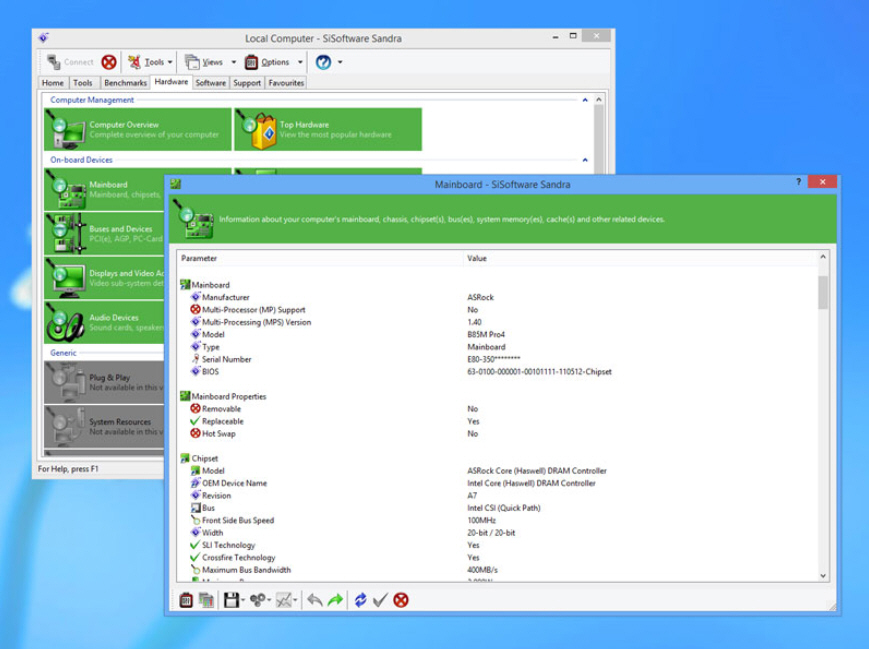
 Antivirus software is generally seen as being about protecting your system from infection, but sometimes you get caught out and it's necessary to call on the product's removal capabilities. If you're lucky, or careful, you might never have to try out the malware removal ability of your security product, but it's good to know it can step up to the plate if needed. To help you see if your chosen solution measures up
Antivirus software is generally seen as being about protecting your system from infection, but sometimes you get caught out and it's necessary to call on the product's removal capabilities. If you're lucky, or careful, you might never have to try out the malware removal ability of your security product, but it's good to know it can step up to the plate if needed. To help you see if your chosen solution measures up 

 When it comes to the Android custom ROM community, CyanogenMod is considered by many to be the holy grail. If your smartphone or tablet receives official support for the ROM, you can be assured of regular updates. However, for many, the stock Android experience has now matured to a point where custom ROMs are no longer needed.
When it comes to the Android custom ROM community, CyanogenMod is considered by many to be the holy grail. If your smartphone or tablet receives official support for the ROM, you can be assured of regular updates. However, for many, the stock Android experience has now matured to a point where custom ROMs are no longer needed.









 When Microsoft launched the Scroogled store, it was met with both criticism and praise. Even in the BetaNews newsroom, it was a polarizing topic -- Wayne called it a "
When Microsoft launched the Scroogled store, it was met with both criticism and praise. Even in the BetaNews newsroom, it was a polarizing topic -- Wayne called it a "
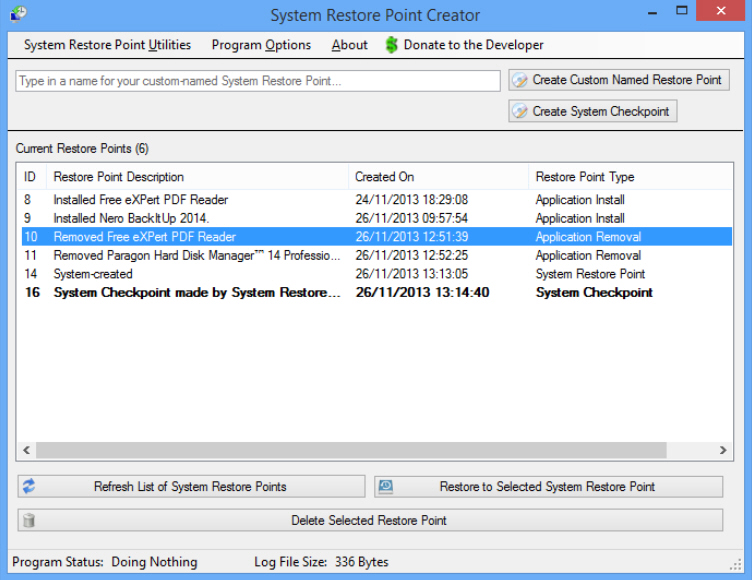
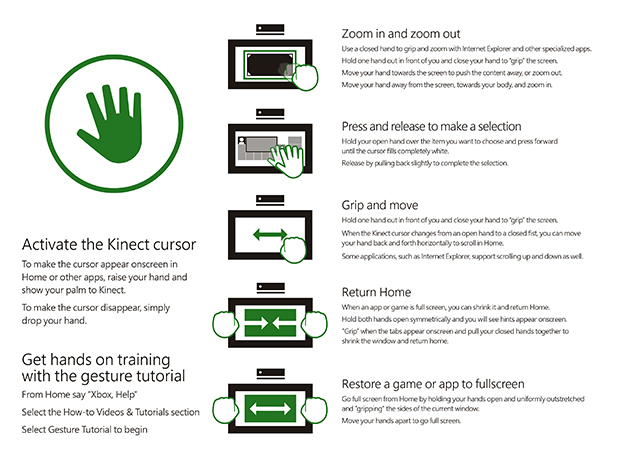

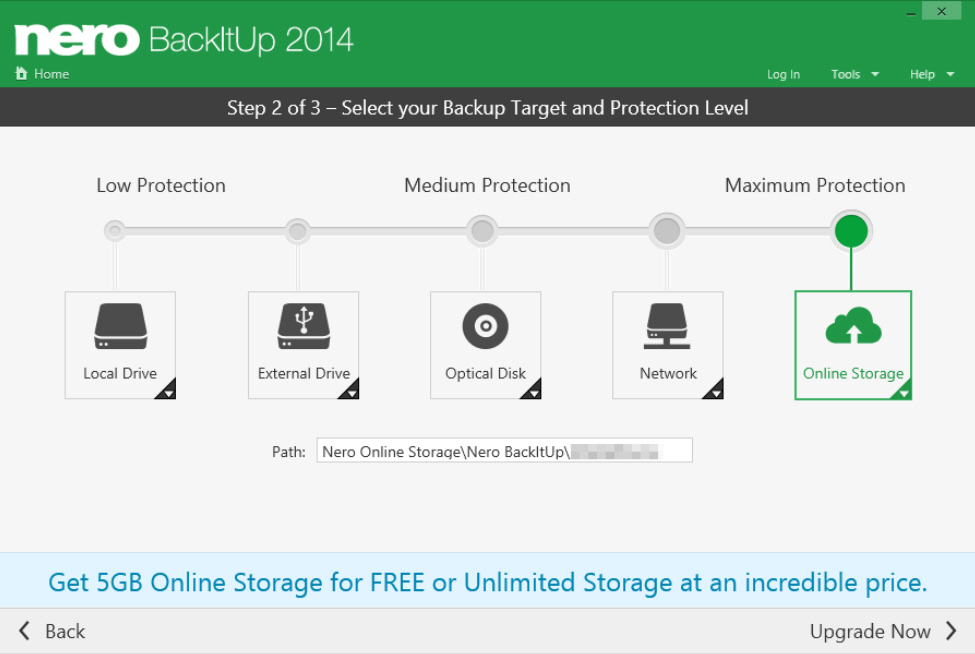



 A total of six Android devices from Samsung and HTC have been delisted by Futuremark after suspicions were raised about their performance in 3DMark benchmarks. Although no specific details are given about why the handsets were removed, concerns surrounded the performance of particular phones.
A total of six Android devices from Samsung and HTC have been delisted by Futuremark after suspicions were raised about their performance in 3DMark benchmarks. Although no specific details are given about why the handsets were removed, concerns surrounded the performance of particular phones.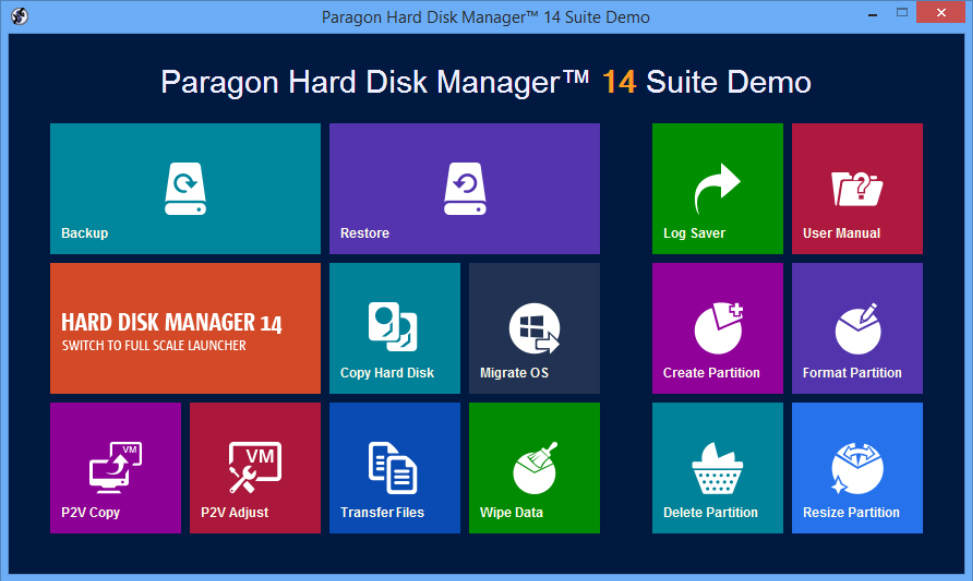
 This is the first in a series of columns on the strategic direction of several major technology companies that have faltered of late. We’ll start here with Intel, follow in a couple days with Cisco, followed by Microsoft, then see where it goes from there.
This is the first in a series of columns on the strategic direction of several major technology companies that have faltered of late. We’ll start here with Intel, follow in a couple days with Cisco, followed by Microsoft, then see where it goes from there.





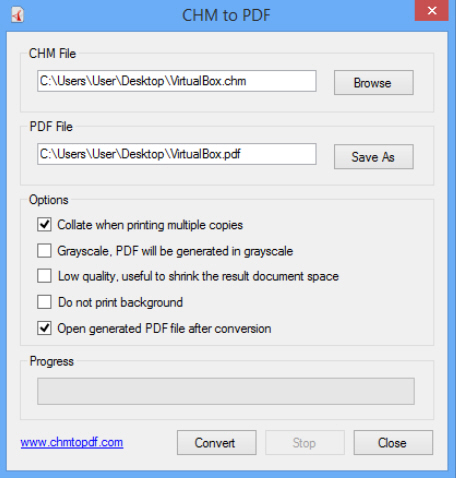 Commonly used for everything from program help to e-books, Microsoft’s Compiled HTML Help (CHM) format works very well on the PC. CHM files aren’t always as easy to browse on other platforms, though, so if you need to access their content elsewhere then you might be interested in
Commonly used for everything from program help to e-books, Microsoft’s Compiled HTML Help (CHM) format works very well on the PC. CHM files aren’t always as easy to browse on other platforms, though, so if you need to access their content elsewhere then you might be interested in 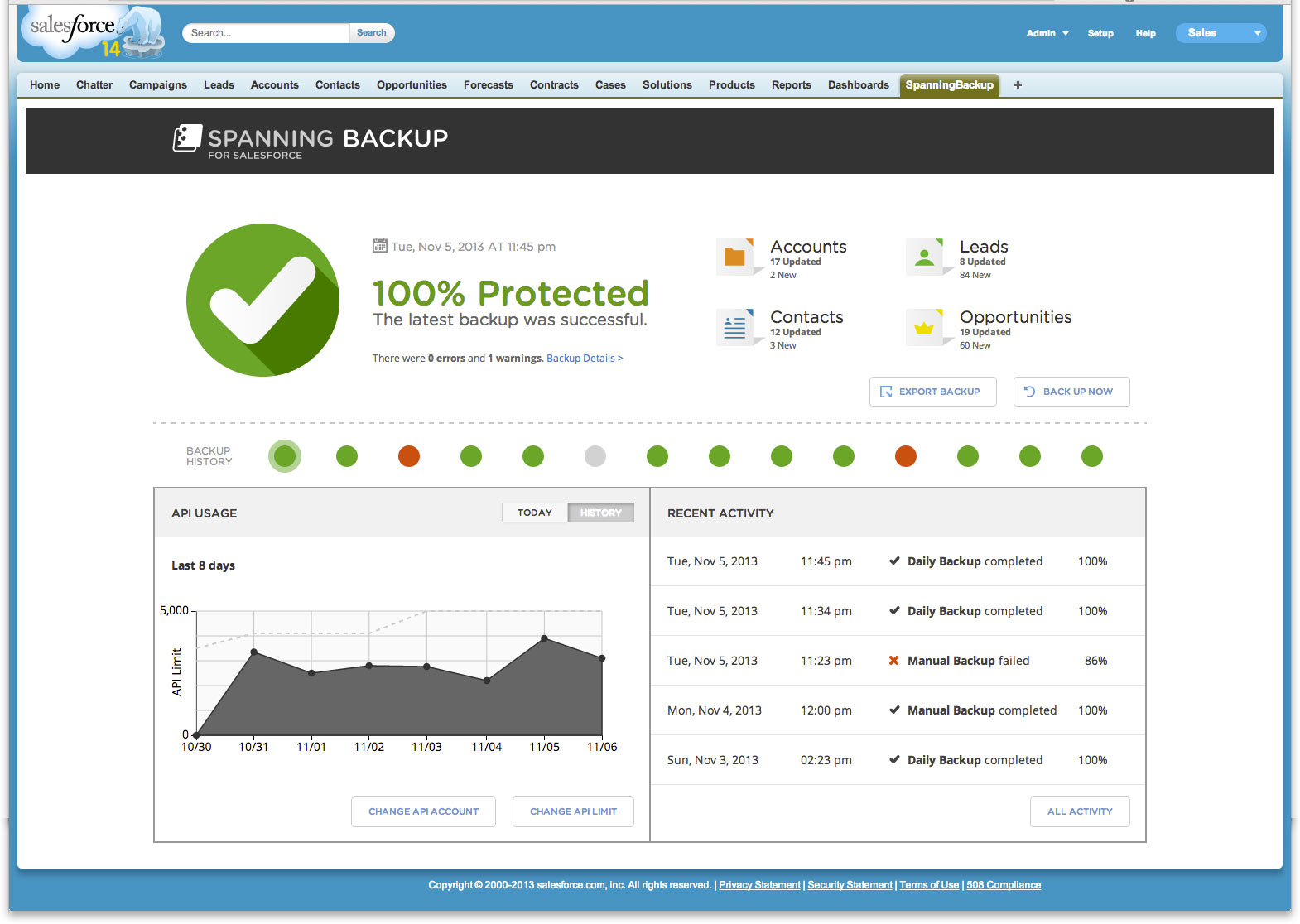

 When you need to read a long document then you could just sit at your PC, scrolling for an age, until you’re finally done. But having the computer read to you could make much more sense. There’s no eye strain, no document navigation issues, and you might even be able to do something else as you listen.
When you need to read a long document then you could just sit at your PC, scrolling for an age, until you’re finally done. But having the computer read to you could make much more sense. There’s no eye strain, no document navigation issues, and you might even be able to do something else as you listen.
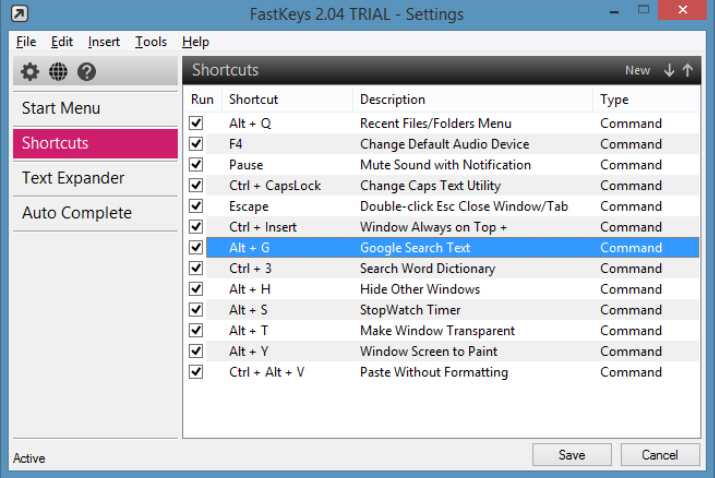

 Finding the right disc burning tool for you can sometimes be a problem. The big commercial suites are expensive, but smaller freebies are often buggy, unreliable, sometimes weighed down with adware. So it’s good to find a small but capable alternative in
Finding the right disc burning tool for you can sometimes be a problem. The big commercial suites are expensive, but smaller freebies are often buggy, unreliable, sometimes weighed down with adware. So it’s good to find a small but capable alternative in  December 1998. I started my Internet career at one of the first European e-commerce websites. At the time, we used to call it New Information and Communication Technologies. In 2013, 15 years later, some of these technologies are still seen as "New". But while in some countries seniors are stigmatized just when their experience is at its fullest, we refuse to see technologies age and be fully integrated. Ironic isn’t?!
December 1998. I started my Internet career at one of the first European e-commerce websites. At the time, we used to call it New Information and Communication Technologies. In 2013, 15 years later, some of these technologies are still seen as "New". But while in some countries seniors are stigmatized just when their experience is at its fullest, we refuse to see technologies age and be fully integrated. Ironic isn’t?!



 In December 1998, Géraldine Maouchi started her career at one of the first European e-commerce websites, and quickly developed a strong interest in NICT. Since then she has built her career based on a vision of a mobile web that would unite functions and industries and reach across the the world -- something that is a reality today. She has also worked on innovative digital projects and created ones in digital music and NGO. Géraldine now focuses on helping companies to embrace the industrial and social revolution caused by these digital technologies, to leverage it, and to be more creative.
In December 1998, Géraldine Maouchi started her career at one of the first European e-commerce websites, and quickly developed a strong interest in NICT. Since then she has built her career based on a vision of a mobile web that would unite functions and industries and reach across the the world -- something that is a reality today. She has also worked on innovative digital projects and created ones in digital music and NGO. Géraldine now focuses on helping companies to embrace the industrial and social revolution caused by these digital technologies, to leverage it, and to be more creative.
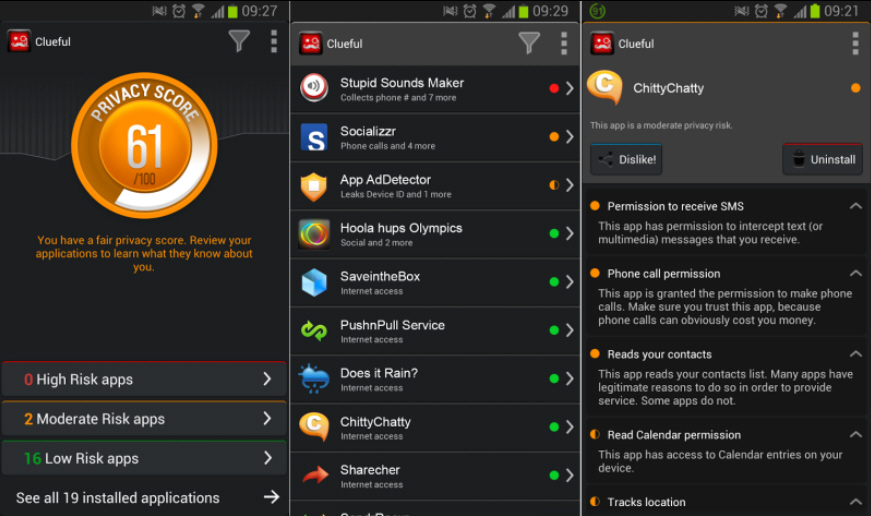






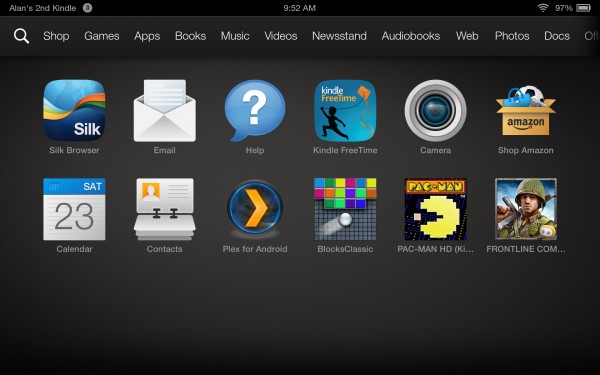
 Sony PlayStation 4 hit the stores and Brian not only took a look at the
Sony PlayStation 4 hit the stores and Brian not only took a look at the 


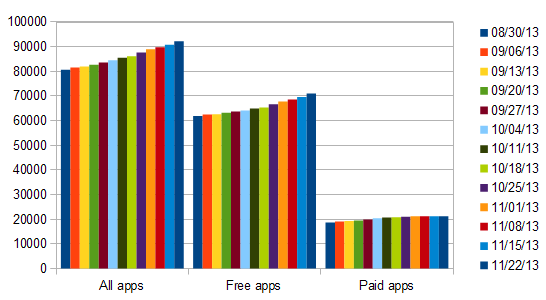

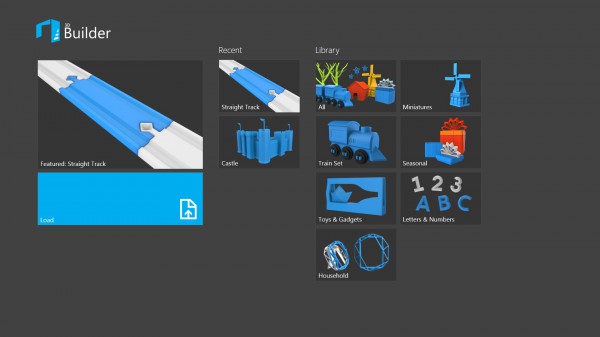
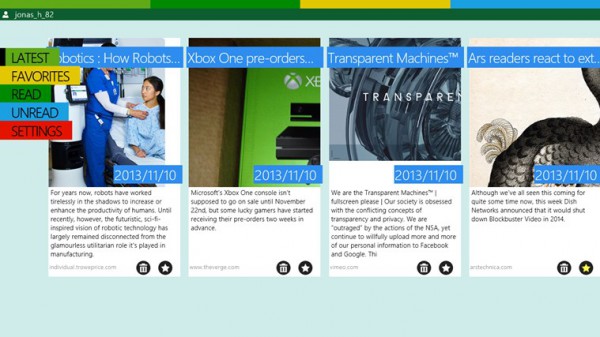

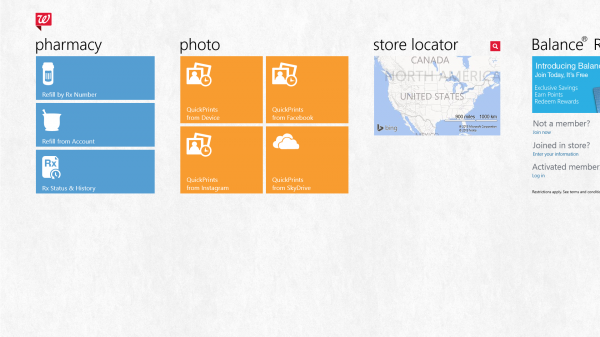
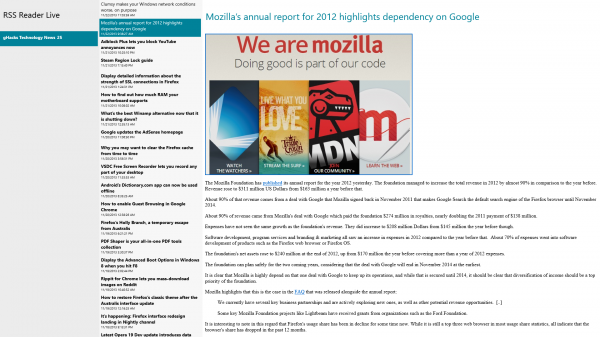
 For most people customer relationship management conjures up the idea of a massive database of sales information. But for smaller, especially one person, businesses who may spend only a small amount of their time in front of a computer, traditional CRM isn't a practical proposition and doesn't lend itself to mobile use.
For most people customer relationship management conjures up the idea of a massive database of sales information. But for smaller, especially one person, businesses who may spend only a small amount of their time in front of a computer, traditional CRM isn't a practical proposition and doesn't lend itself to mobile use.
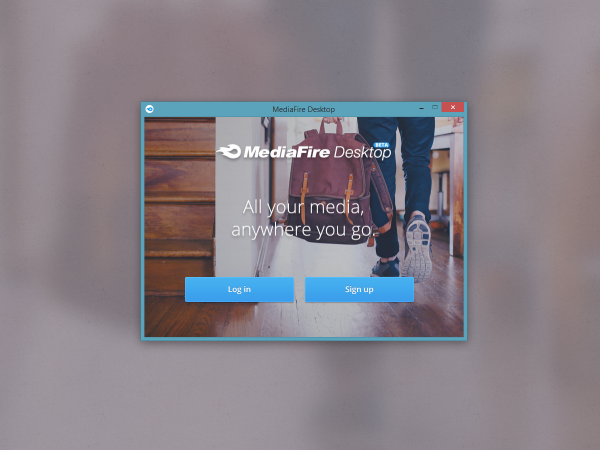

 As the use of smartphones and tablets becomes mainstream in enterprises, organizations need to address some fundamental security concerns. While we have yet to see these devices succumb to malware threats in the way that previous endpoints have, there are legitimate data protection issues associated with their use. Between June 2012 and June 2013, travelers lost more than 10,000 electronic devices, including laptops, mobile phones, and tablets, in just the world’s seven largest airports, according to Airport Lost and Found, a global database.
As the use of smartphones and tablets becomes mainstream in enterprises, organizations need to address some fundamental security concerns. While we have yet to see these devices succumb to malware threats in the way that previous endpoints have, there are legitimate data protection issues associated with their use. Between June 2012 and June 2013, travelers lost more than 10,000 electronic devices, including laptops, mobile phones, and tablets, in just the world’s seven largest airports, according to Airport Lost and Found, a global database. For the last 18 years,
For the last 18 years, 

 When it comes to Office 365, some people think I'm too soft on Microsoft because I'm always writing about the good things I see in the service. And don't get me wrong, I think the platform is leagues better now than it was just a year ago. Just peruse some of the
When it comes to Office 365, some people think I'm too soft on Microsoft because I'm always writing about the good things I see in the service. And don't get me wrong, I think the platform is leagues better now than it was just a year ago. Just peruse some of the 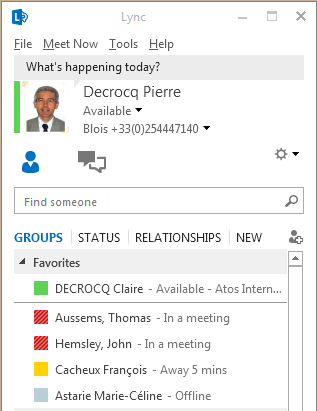
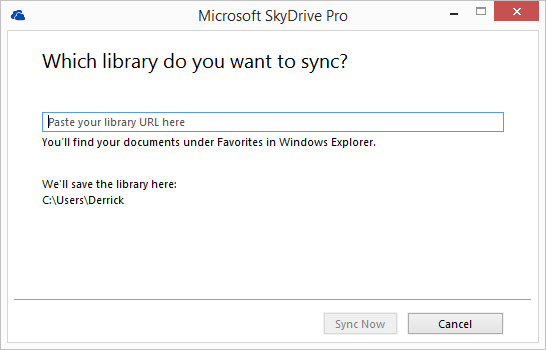
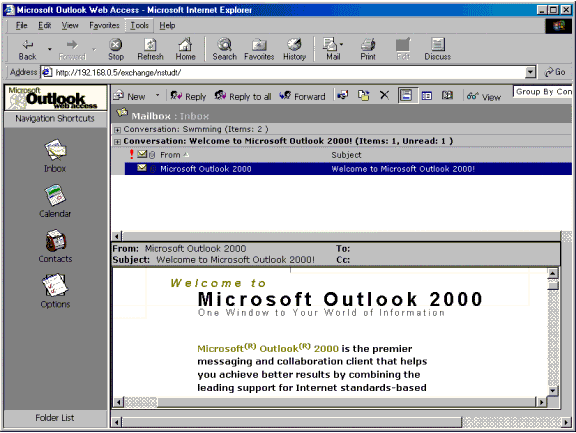


 It was only
It was only 

 While Microsoft has its own mobile operating system with Windows Phone 8, the company generously supports its competitor's products too. After all, with its own OS having such a small user base comparatively, it would be insane not to.
While Microsoft has its own mobile operating system with Windows Phone 8, the company generously supports its competitor's products too. After all, with its own OS having such a small user base comparatively, it would be insane not to. My colleague Wayne Williams calls Microsoft Scroogled gear "pathetic" and a "
My colleague Wayne Williams calls Microsoft Scroogled gear "pathetic" and a "
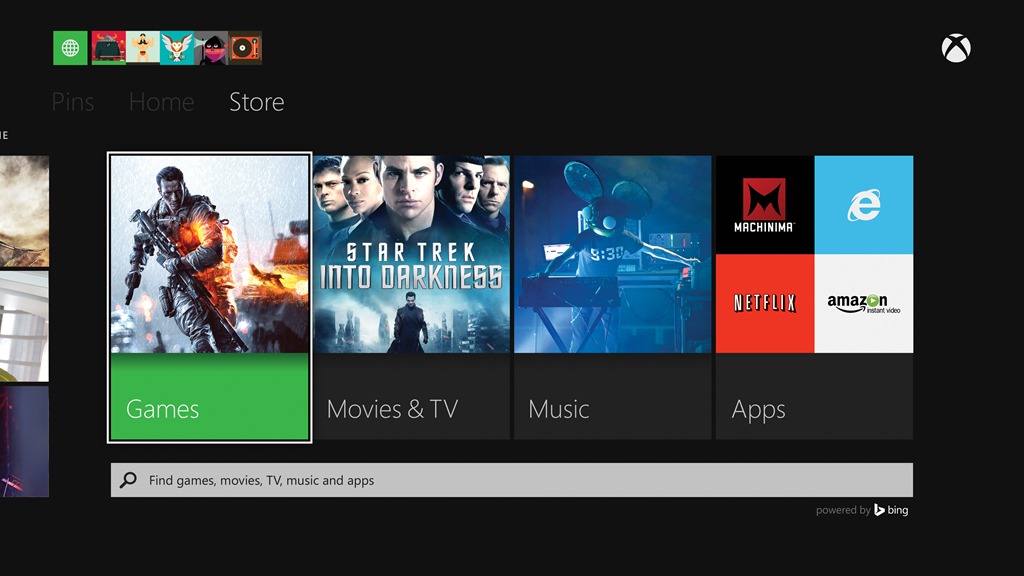
 Working on your PC isn’t generally a great way to wind down, but if you’re stressed out after a hard day then
Working on your PC isn’t generally a great way to wind down, but if you’re stressed out after a hard day then 
 While products are typically produced by corporations and businesses, the brands themselves are often adopted by societies and become icons. Some examples are Coca-Cola (USA), BlackBerry (Canada) and Nokia (Finland). Sadly, for the latter country, the associated company has been in talks to become acquired by Microsoft (USA).
While products are typically produced by corporations and businesses, the brands themselves are often adopted by societies and become icons. Some examples are Coca-Cola (USA), BlackBerry (Canada) and Nokia (Finland). Sadly, for the latter country, the associated company has been in talks to become acquired by Microsoft (USA).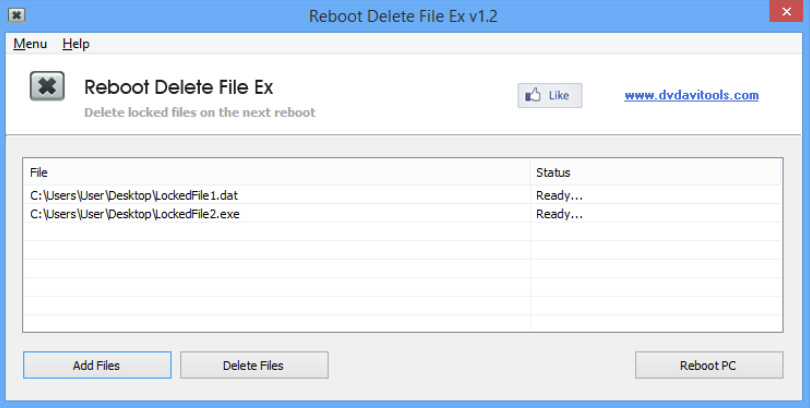



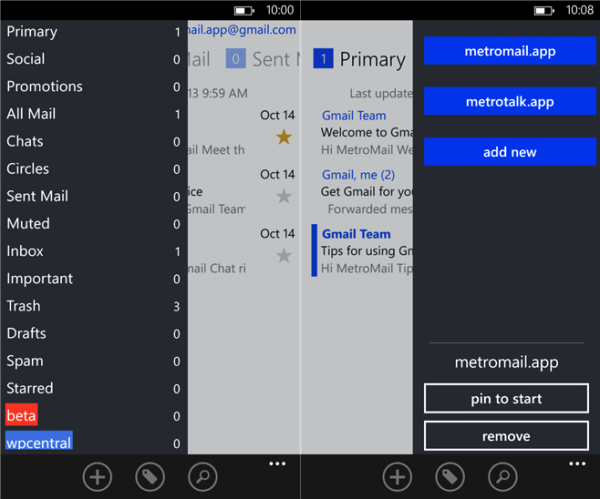
 It’s taken almost five years to get there, but disk cleanup and shredding tool
It’s taken almost five years to get there, but disk cleanup and shredding tool 
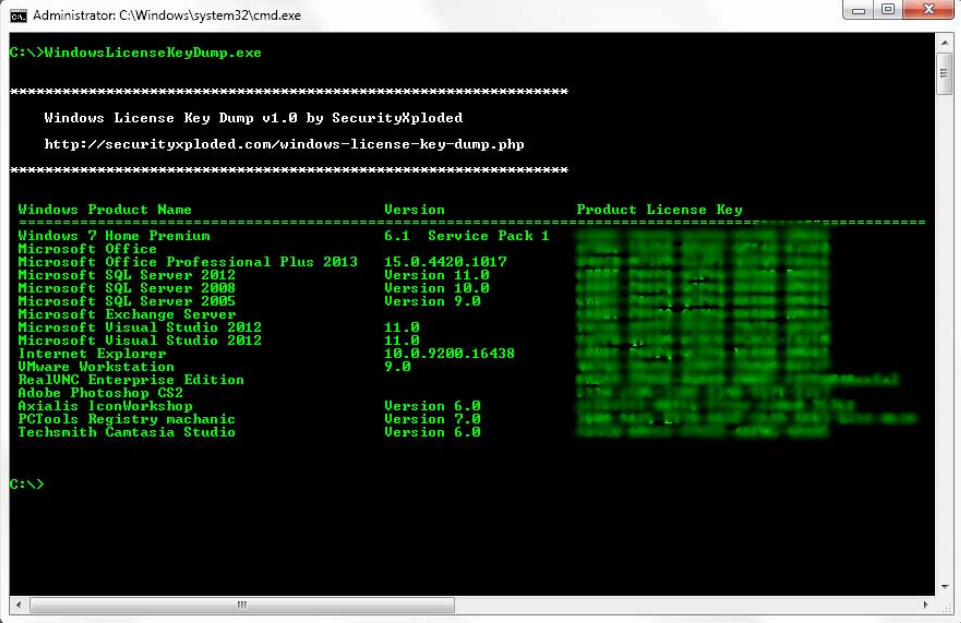
 Email is often cited as being the killer application that made the internet take off, and there's no denying it has changed the way the world does business. But using email for business means keeping an archive so that you have a record of conversations. Over time that archive can become substantial and take up a lot of expensive disk space so storing it in the cloud begins to look like an attractive solution.
Email is often cited as being the killer application that made the internet take off, and there's no denying it has changed the way the world does business. But using email for business means keeping an archive so that you have a record of conversations. Over time that archive can become substantial and take up a lot of expensive disk space so storing it in the cloud begins to look like an attractive solution.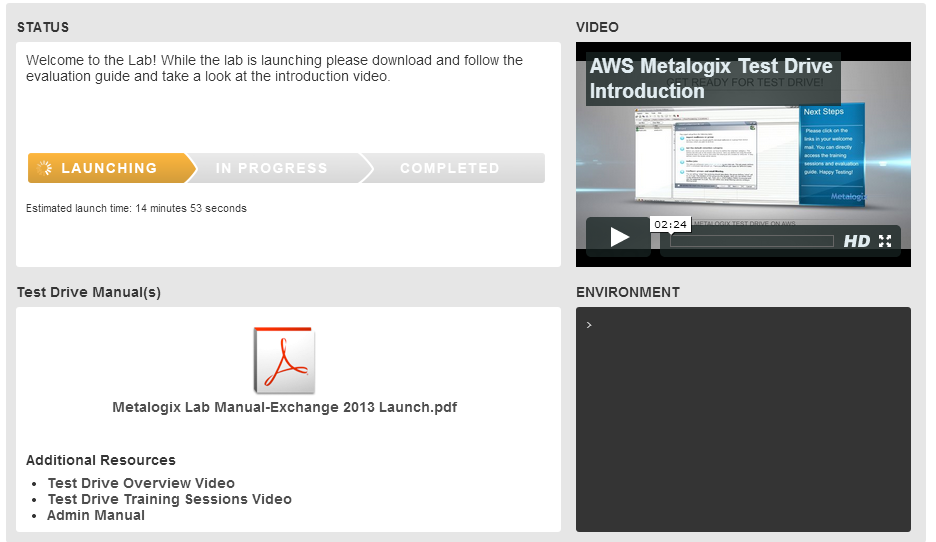


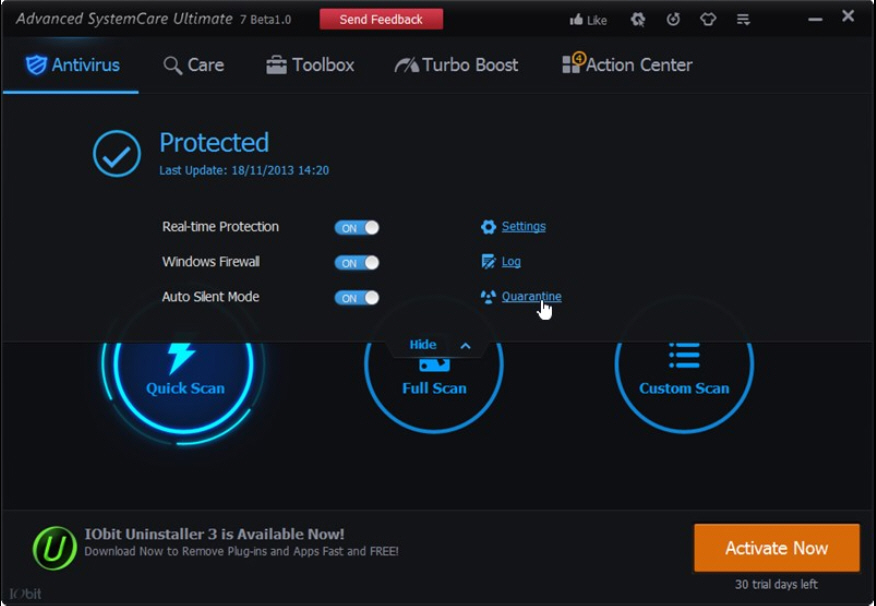
 Successful sales strategy is dependent on understanding the customer. But for small and medium businesses building up the kind of intelligence database needed can be time consuming and take staff away from the task of actually selling. It can be many months before the implementation of a traditional sales intelligence platform bears fruit.
Successful sales strategy is dependent on understanding the customer. But for small and medium businesses building up the kind of intelligence database needed can be time consuming and take staff away from the task of actually selling. It can be many months before the implementation of a traditional sales intelligence platform bears fruit.

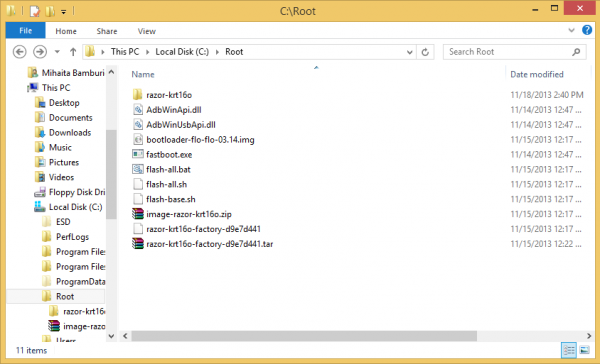





 To help fight the problem of child pornography online, Google and Microsoft are joining forces to block access to illegal content in the UK and then globally. Writing in the Daily Mail, Google's
To help fight the problem of child pornography online, Google and Microsoft are joining forces to block access to illegal content in the UK and then globally. Writing in the Daily Mail, Google's 



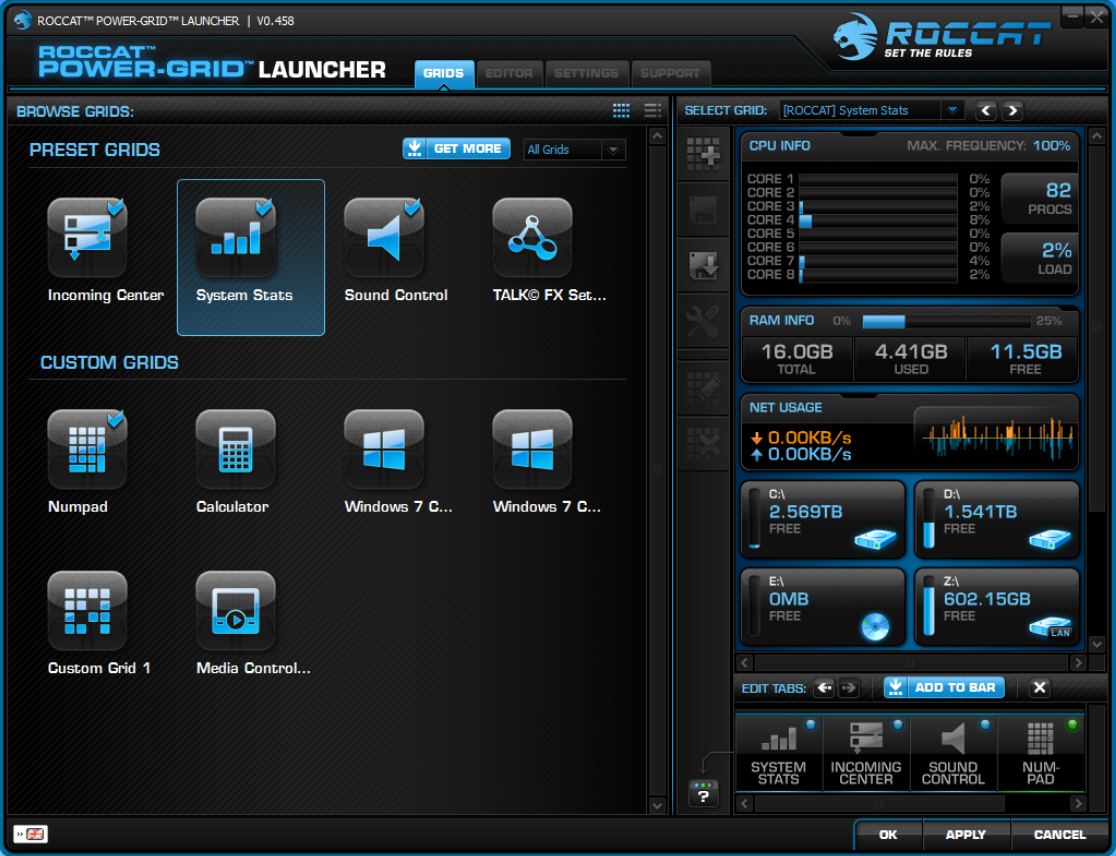
 It would be a strange week if Google didn’t steal a few headlines, and this week saw the introduction of
It would be a strange week if Google didn’t steal a few headlines, and this week saw the introduction of 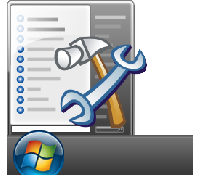 RaMMichaeL’s excellent
RaMMichaeL’s excellent 


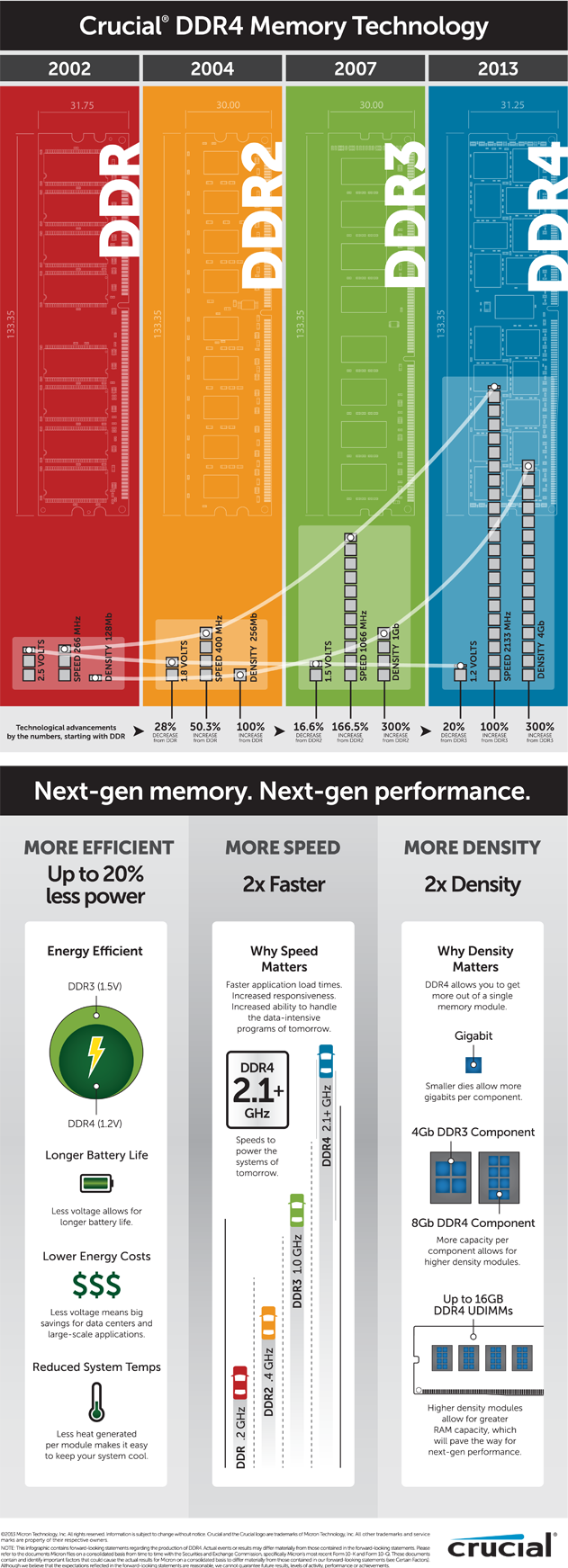

 Yesterday I wrote a story in which I said
Yesterday I wrote a story in which I said 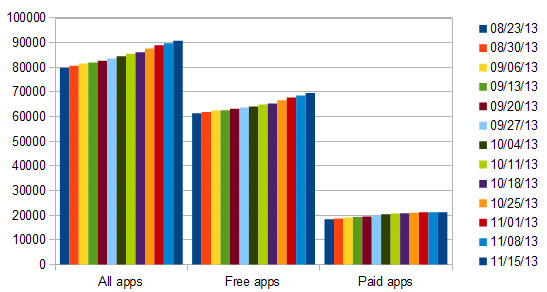

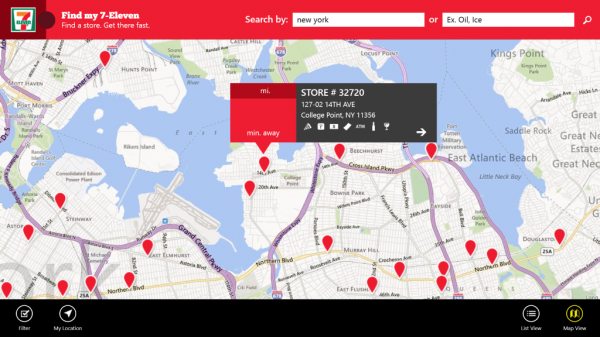

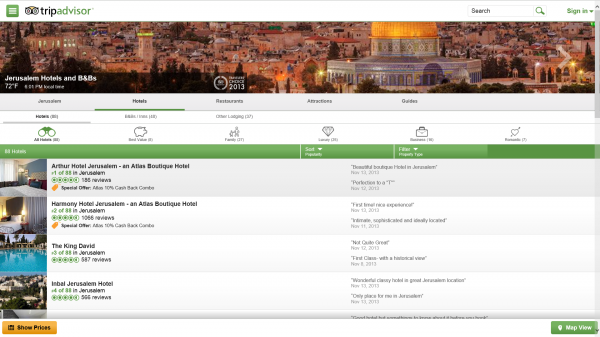


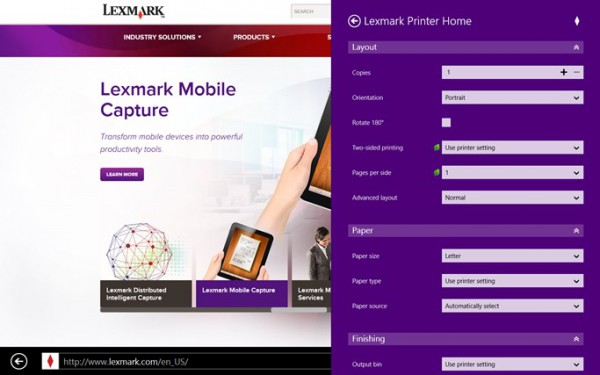

 Following the lead of US airlines, the European Commission gives the go-ahead for the use of 3G and 4G services during flights. The Commission is permitting the use of UMTS and LTE data connections on aircraft above altitudes of 3,000 meters in the European Union (EU). Up until now, only 2G (GSM) usage has been allowed and the decision paves the way for passengers to make use of high speed data connections, although the decision about whether to permit this on individual flights lies with airlines.
Following the lead of US airlines, the European Commission gives the go-ahead for the use of 3G and 4G services during flights. The Commission is permitting the use of UMTS and LTE data connections on aircraft above altitudes of 3,000 meters in the European Union (EU). Up until now, only 2G (GSM) usage has been allowed and the decision paves the way for passengers to make use of high speed data connections, although the decision about whether to permit this on individual flights lies with airlines. The head of the Federal Communication Commission (FCC), Tom Wheeler, is calling for phone providers to pass rules that will make it easier for handset owners to unlock their devices. In a letter to Steve Largent, president and CEO of CTIA The Wireless Association, Wheeler says that "enough time has passed, and it is now time for the industry to act voluntarily or for the FCC to regulate". He goes on to call for the unlocking policy to be put in place before the December holiday season.
The head of the Federal Communication Commission (FCC), Tom Wheeler, is calling for phone providers to pass rules that will make it easier for handset owners to unlock their devices. In a letter to Steve Largent, president and CEO of CTIA The Wireless Association, Wheeler says that "enough time has passed, and it is now time for the industry to act voluntarily or for the FCC to regulate". He goes on to call for the unlocking policy to be put in place before the December holiday season.
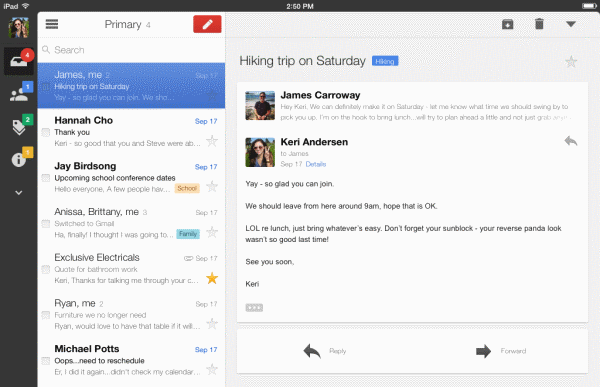

 There is nothing wrong with Google scanning millions of book and making that text available as snippets in search results. This is the ruling made today by a judge in New York, bringing to an end an eight year legal battle between Google and The Authors Guild in conjunction with several specific authors. Starting back in 2004, Google has scanned more than twenty million books -- and permission was not obtained from the copyright holder in many cases.
There is nothing wrong with Google scanning millions of book and making that text available as snippets in search results. This is the ruling made today by a judge in New York, bringing to an end an eight year legal battle between Google and The Authors Guild in conjunction with several specific authors. Starting back in 2004, Google has scanned more than twenty million books -- and permission was not obtained from the copyright holder in many cases.
 Alex Thuring has released
Alex Thuring has released  It's only been a week since its
It's only been a week since its 
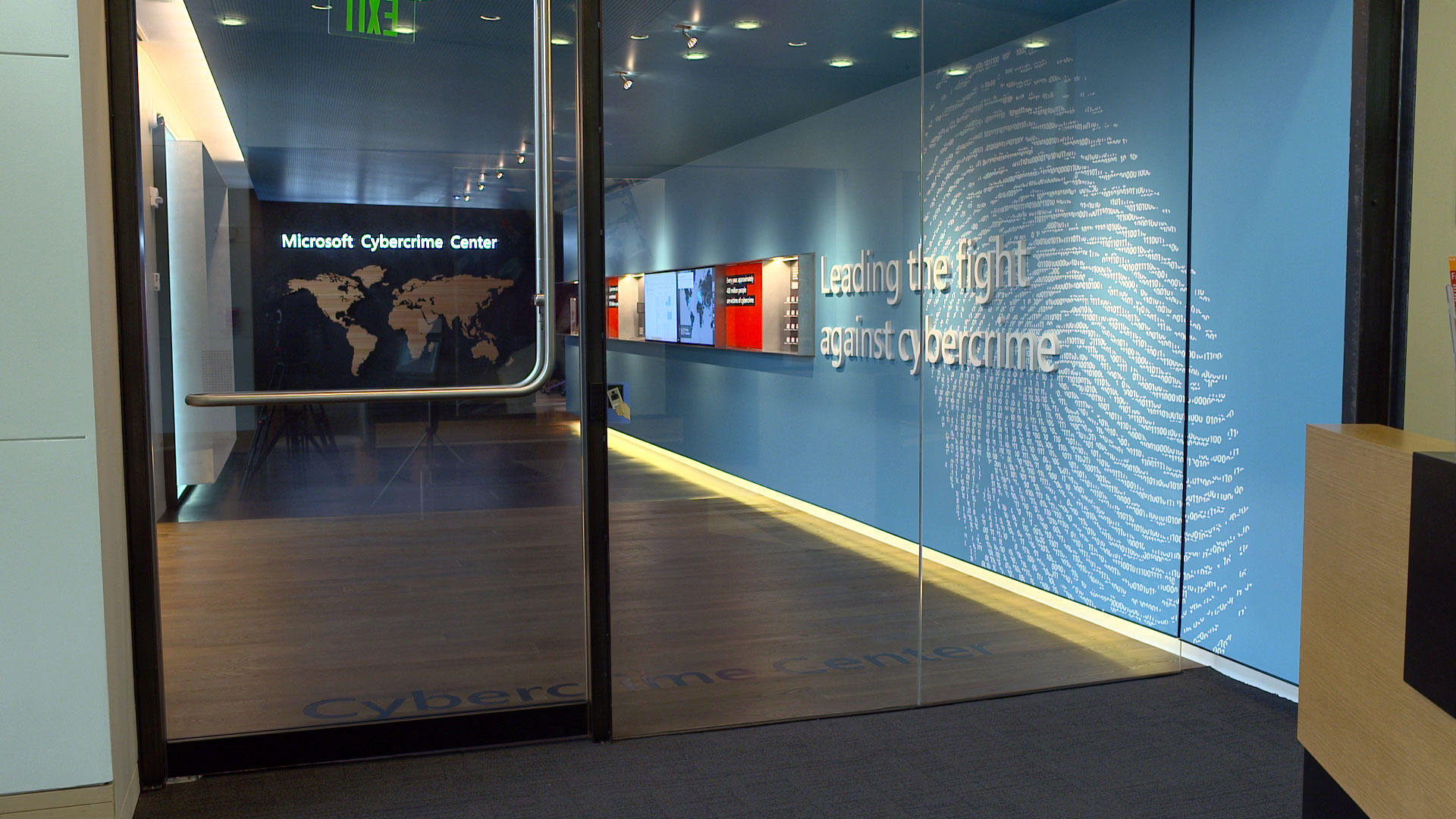
 I own an iPad, and despite not rushing to buy a Surface, I actually quite like Microsoft's slate. A couple of days a week I work on my iPad (mostly remote accessing my PC via Parallels Access) and it's not a great experience. I know I'd get a lot more done if I was using a Surface Pro 2 instead, but Apple's tablet is far better in other areas, so for me it wins on balance.
I own an iPad, and despite not rushing to buy a Surface, I actually quite like Microsoft's slate. A couple of days a week I work on my iPad (mostly remote accessing my PC via Parallels Access) and it's not a great experience. I know I'd get a lot more done if I was using a Surface Pro 2 instead, but Apple's tablet is far better in other areas, so for me it wins on balance.


 RITLabs has announced the release of
RITLabs has announced the release of 
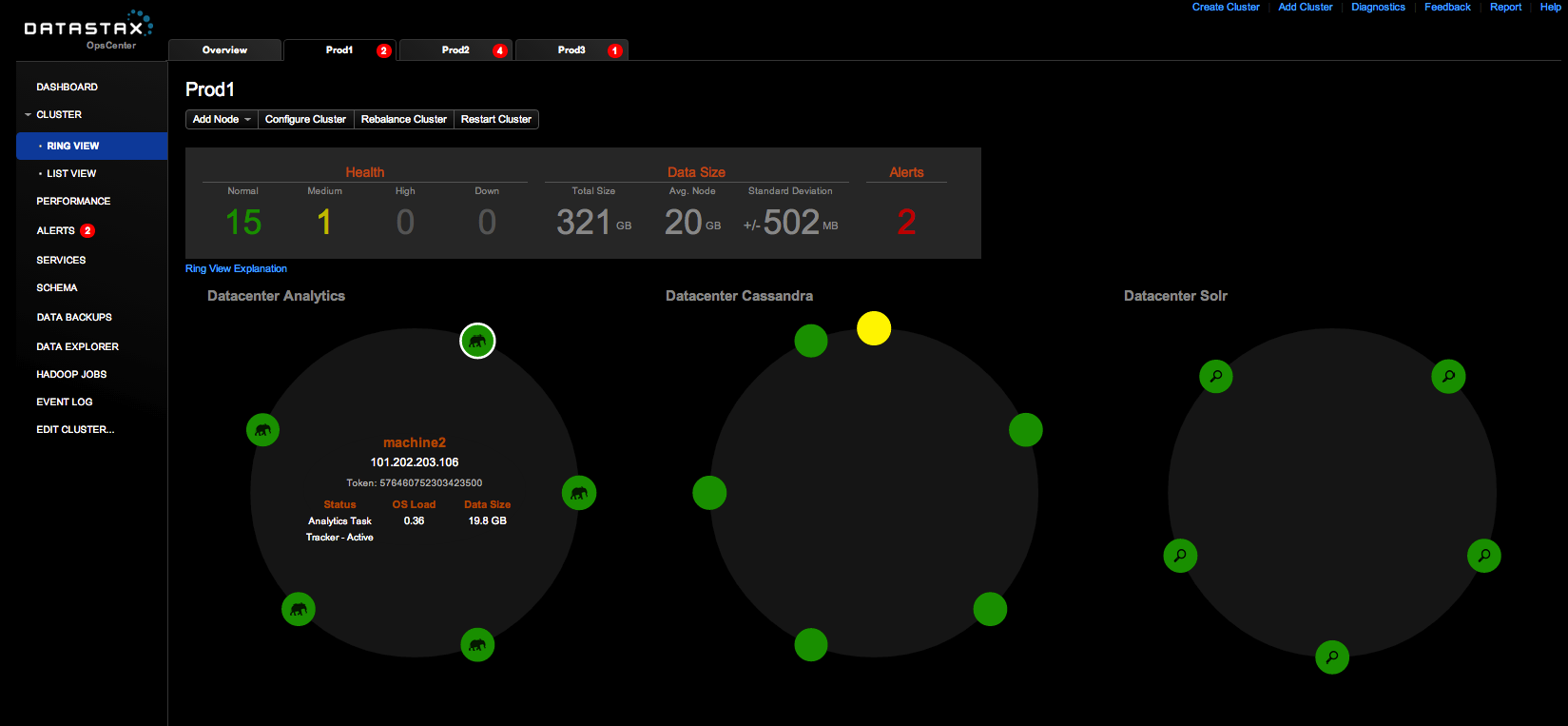

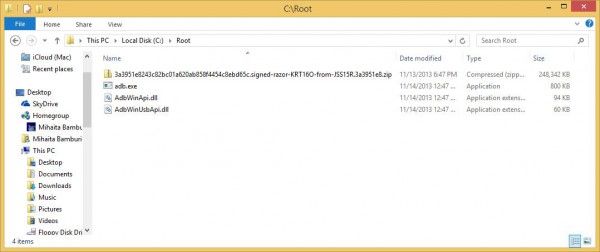
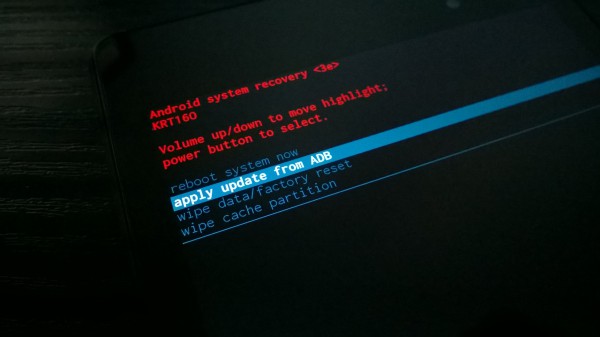
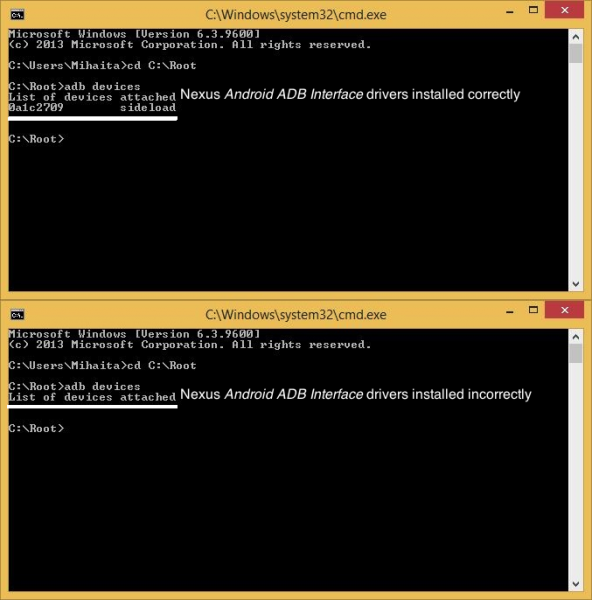

 Two days ago IDC released its latest
Two days ago IDC released its latest 
 Backing up data can often seem like a chore and is something which isn't always top of the agenda, especially for smaller businesses. New research commissioned by cloud backup and disaster recovery company
Backing up data can often seem like a chore and is something which isn't always top of the agenda, especially for smaller businesses. New research commissioned by cloud backup and disaster recovery company 
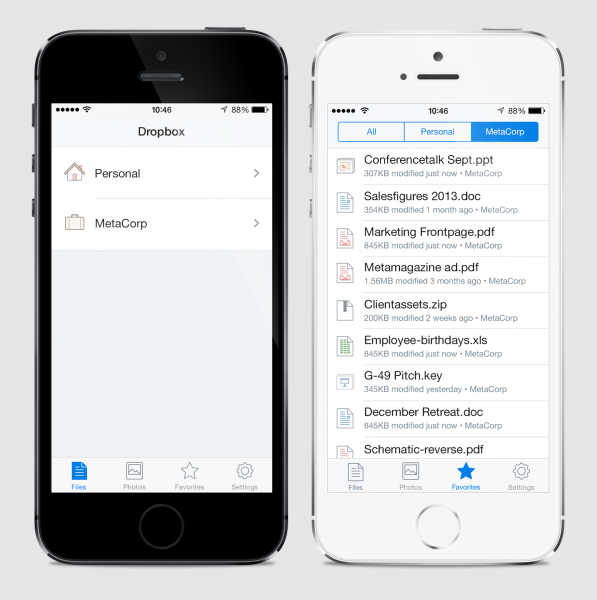

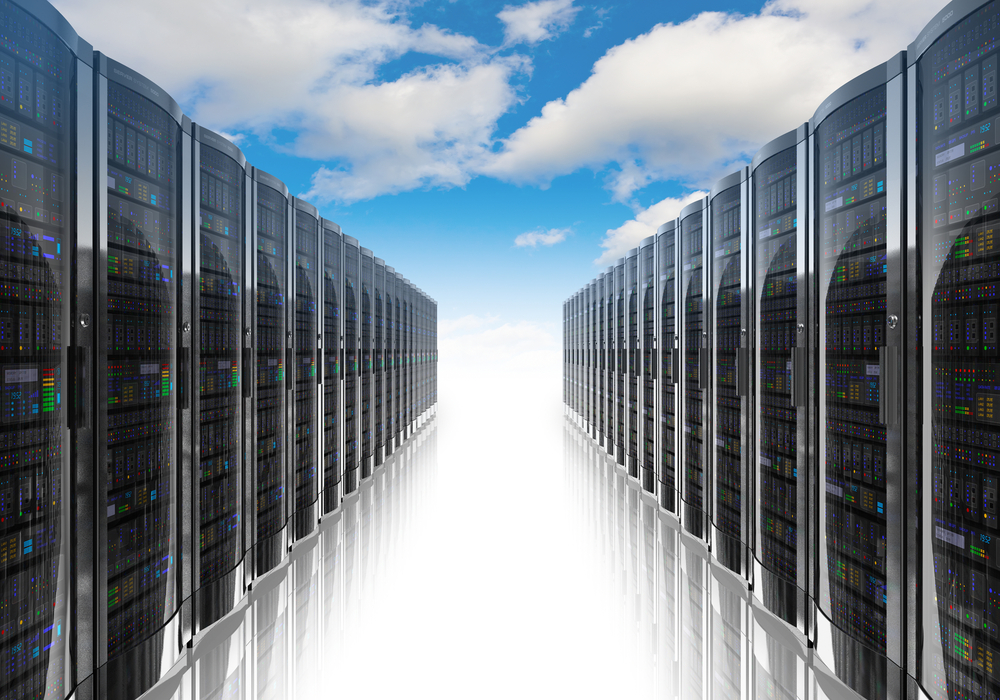

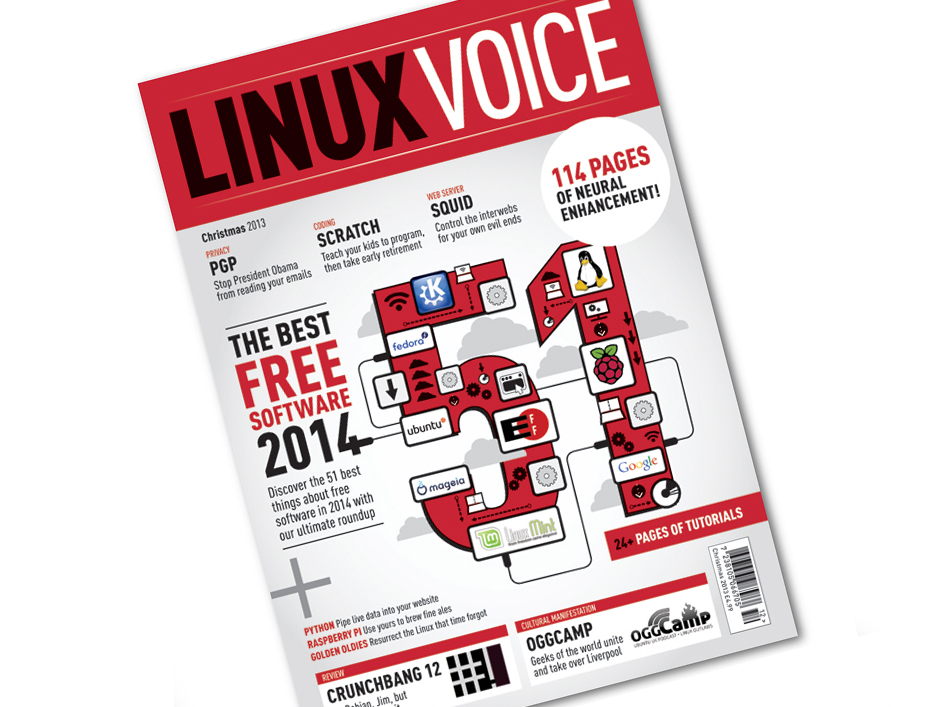 While I love Linux, quality magazines about the kernel are few and far between. Over the years, my favorite has been Linux Format. I was attracted to the magazine by the quality articles and interesting content. However, the price of the magazine was particularly high in the USA, which often deterred my purchase (it is printed in the UK). After all, Linux is free but the magazine cost about $13/month at Barnes and Noble -- a tough sell. Not to mention, with the explosion of tablets, reading paper magazines feels a bit outdated (I still enjoy a hard-copy of Reader's Digest on my toilet tank though).
While I love Linux, quality magazines about the kernel are few and far between. Over the years, my favorite has been Linux Format. I was attracted to the magazine by the quality articles and interesting content. However, the price of the magazine was particularly high in the USA, which often deterred my purchase (it is printed in the UK). After all, Linux is free but the magazine cost about $13/month at Barnes and Noble -- a tough sell. Not to mention, with the explosion of tablets, reading paper magazines feels a bit outdated (I still enjoy a hard-copy of Reader's Digest on my toilet tank though).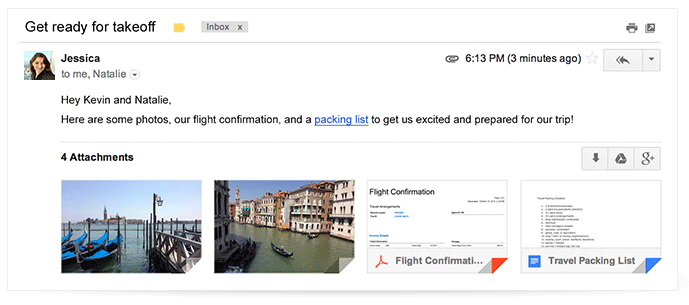



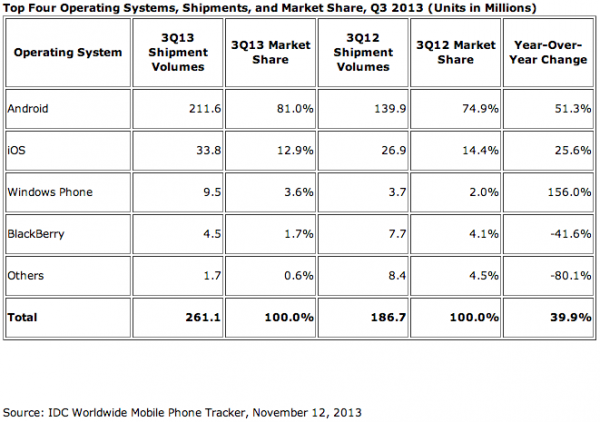

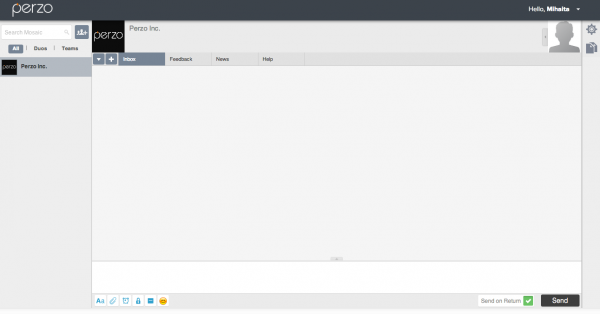
 Launched earlier this year in Barcelona,
Launched earlier this year in Barcelona, 
 The rise of intelligent machines has long been fertile ground for science fiction writers, but a new report by technology research specialists
The rise of intelligent machines has long been fertile ground for science fiction writers, but a new report by technology research specialists 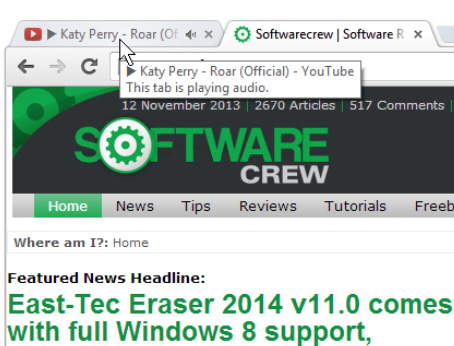 It’s a regular web annoyance: you’re busy online, a line of browser tabs open, when suddenly one of them starts playing a Flash video ad. Which one? Normally you’d have to check each tab in turn, but that’s all about to change with
It’s a regular web annoyance: you’re busy online, a line of browser tabs open, when suddenly one of them starts playing a Flash video ad. Which one? Normally you’d have to check each tab in turn, but that’s all about to change with 

 The growth of the cloud and the use of software as a service (SaaS) has had a dramatic effect on both businesses and individuals, allowing people to access corporate applications and data from anywhere and on any device. But it also gives IT managers a security headache as it becomes harder to build and enforce consistent policies, especially when employees are using their own devices.
The growth of the cloud and the use of software as a service (SaaS) has had a dramatic effect on both businesses and individuals, allowing people to access corporate applications and data from anywhere and on any device. But it also gives IT managers a security headache as it becomes harder to build and enforce consistent policies, especially when employees are using their own devices. for a massive proportion of Internet traffic, but it looks as though the global spread is switching somewhat. According to data published by
for a massive proportion of Internet traffic, but it looks as though the global spread is switching somewhat. According to data published by 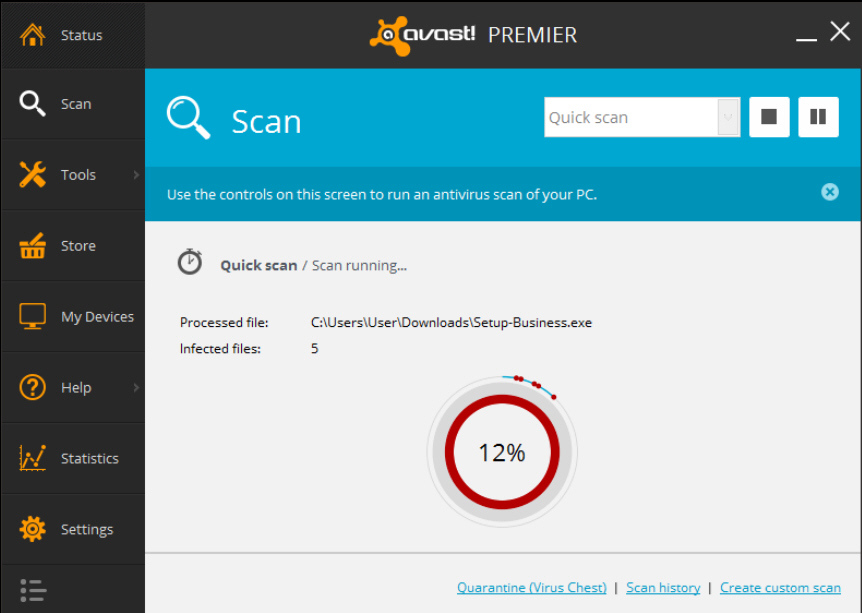
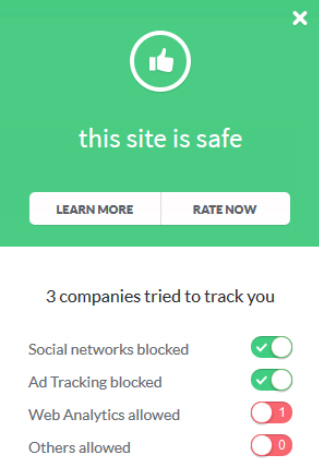 If you just click on a link elsewhere -- in an email, say -- then the Web Shield steps in, hopefully detecting and blocking any malicious sites. Avast has never impressed us with its antiphishing abilities, but this time it did reasonably well, blocking 65 percent of our test URLs.
If you just click on a link elsewhere -- in an email, say -- then the Web Shield steps in, hopefully detecting and blocking any malicious sites. Avast has never impressed us with its antiphishing abilities, but this time it did reasonably well, blocking 65 percent of our test URLs.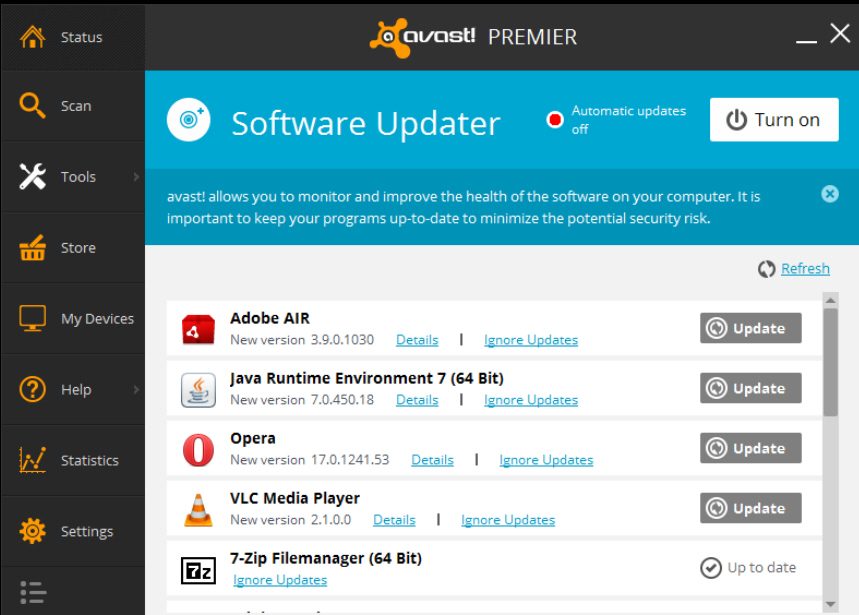 As usual with this kind of whitelisting scheme, Hardened Mode blocks plenty of legitimate applications (Cloudmark DesktopOne, our perfectly safe spam filter was disabled). It also blocks all malware, though -- even the very latest threats -- and so could be a simple way to protect a basic PC with just a few known applications.
As usual with this kind of whitelisting scheme, Hardened Mode blocks plenty of legitimate applications (Cloudmark DesktopOne, our perfectly safe spam filter was disabled). It also blocks all malware, though -- even the very latest threats -- and so could be a simple way to protect a basic PC with just a few known applications.
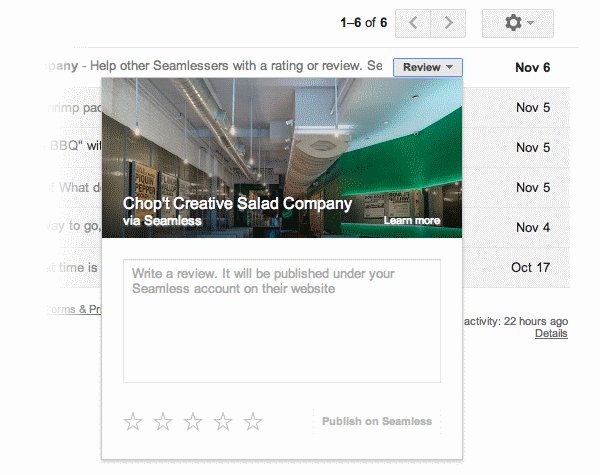

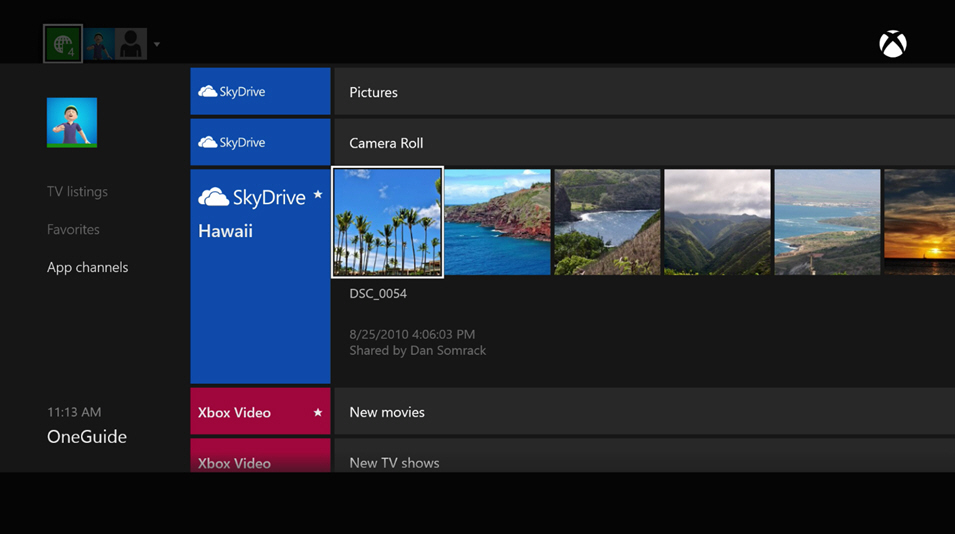

 It seems that everyone is keen to get in on the big data trend at the moment. If you're still unsure of what it is and where it comes from take a look at the handy
It seems that everyone is keen to get in on the big data trend at the moment. If you're still unsure of what it is and where it comes from take a look at the handy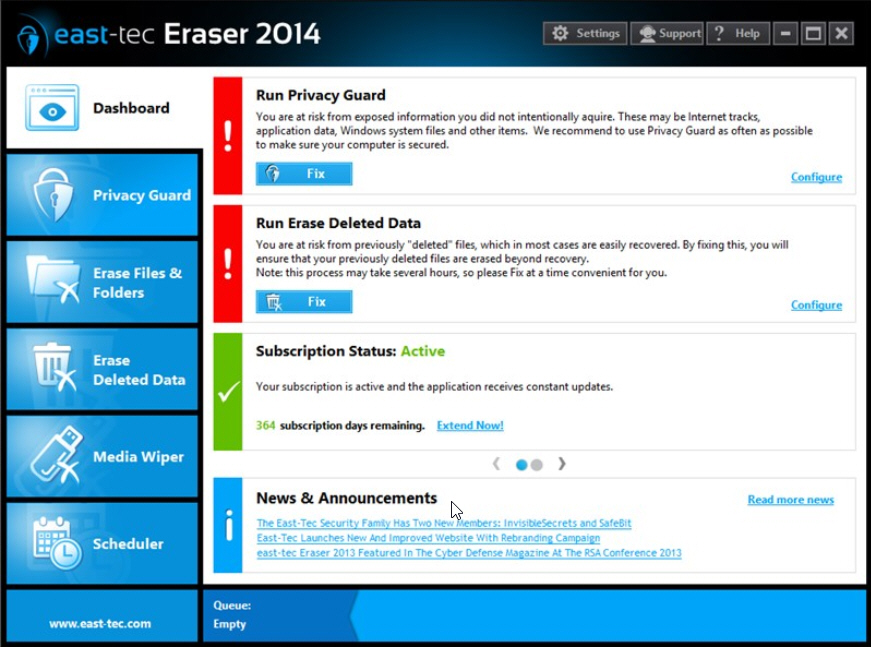
 There is an ever-growing list of benefits that Amazon provides for its Prime customers. For a $79 yearly fee users enjoy Netflix-like streaming video, Kindle book rentals and free two-day delivery service. The latter has only one simple drawback -- if you order an item on a Friday, you need to wait until Monday for the product to land on your doorstep. Well, at least that was the case, until now.
There is an ever-growing list of benefits that Amazon provides for its Prime customers. For a $79 yearly fee users enjoy Netflix-like streaming video, Kindle book rentals and free two-day delivery service. The latter has only one simple drawback -- if you order an item on a Friday, you need to wait until Monday for the product to land on your doorstep. Well, at least that was the case, until now.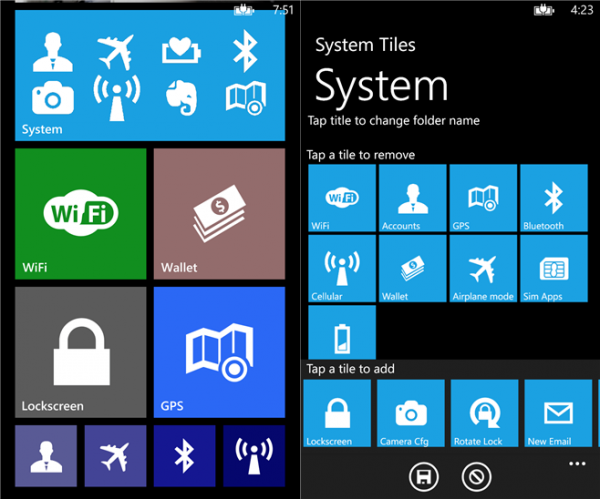
 This week, November 12th to be precise, is that holiday we have come to call Patch Tuesday. It's the day when Microsoft rolls out fixes for bugs, both small and large, in its software, from Windows to Office and more. This month's releases are of particular interest, not because of what the company is fixing, but what it has chosen to leave unpatched.
This week, November 12th to be precise, is that holiday we have come to call Patch Tuesday. It's the day when Microsoft rolls out fixes for bugs, both small and large, in its software, from Windows to Office and more. This month's releases are of particular interest, not because of what the company is fixing, but what it has chosen to leave unpatched. Another busy week with more news than you could shake a stick at. Following the release of KitKat, Google was riding high as figures revealed that Jelly Bean is now installed on
Another busy week with more news than you could shake a stick at. Following the release of KitKat, Google was riding high as figures revealed that Jelly Bean is now installed on  November 9, 2004. The date may not mean much to you, but it was rather big in the land of Mozilla. It wasn't the 'start' of the Firefox web browser, but it was the official ship date of version 1.0. That makes today a birthday celebration for the browser that dared to take on the Internet Explorer-giant.
November 9, 2004. The date may not mean much to you, but it was rather big in the land of Mozilla. It wasn't the 'start' of the Firefox web browser, but it was the official ship date of version 1.0. That makes today a birthday celebration for the browser that dared to take on the Internet Explorer-giant. Microsoft is actively looking for a new CEO to replace Steve Ballmer, and one of the potential candidates is Stephen Elop. In an interesting story published earlier today,
Microsoft is actively looking for a new CEO to replace Steve Ballmer, and one of the potential candidates is Stephen Elop. In an interesting story published earlier today, 
 The days of some third party extensions for Chrome may be numbered. While most people will head to the Chrome Web Store as their first port of call for downloading extensions to add new features to the browser, this is far from the only means of obtaining add-ons.
The days of some third party extensions for Chrome may be numbered. While most people will head to the Chrome Web Store as their first port of call for downloading extensions to add new features to the browser, this is far from the only means of obtaining add-ons.








 When Google announced it was changing the comments system for YouTube, users should have been thrilled, after all that aspect of the site has been in need of an overhaul for a very long time. The update Google created adds "smarter" sorting, and "meaningful" conversations, allows comments to be moderated, and for the most part the change just makes things look tidier.
When Google announced it was changing the comments system for YouTube, users should have been thrilled, after all that aspect of the site has been in need of an overhaul for a very long time. The update Google created adds "smarter" sorting, and "meaningful" conversations, allows comments to be moderated, and for the most part the change just makes things look tidier.

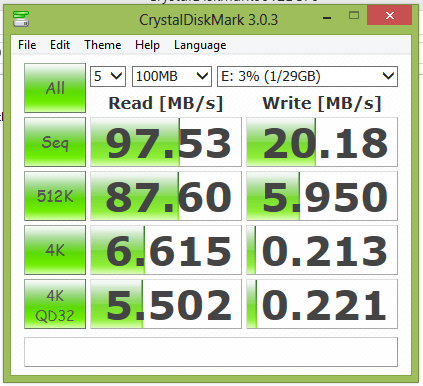
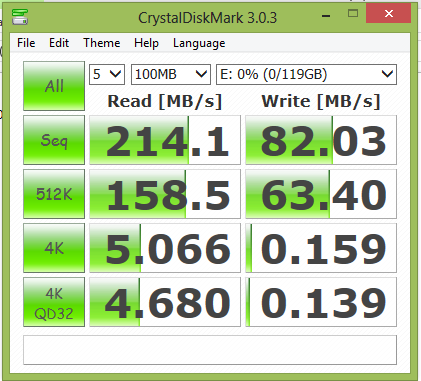
 The battle between Microsoft’s Xbox One and Sony’s PlayStation 4 is set to begin later this month. At BetaNews we’re still split as to which console we think is best, leading to some spirited debates in the newsroom.
The battle between Microsoft’s Xbox One and Sony’s PlayStation 4 is set to begin later this month. At BetaNews we’re still split as to which console we think is best, leading to some spirited debates in the newsroom. Data breaches and cyber attacks frequently make the news when well-known companies are the target.
Data breaches and cyber attacks frequently make the news when well-known companies are the target.
 Next week’s Patch Tuesday will see a number of security patches for Windows 8.1 including three that get the top Critical rating. According to Microsoft’s
Next week’s Patch Tuesday will see a number of security patches for Windows 8.1 including three that get the top Critical rating. According to Microsoft’s 

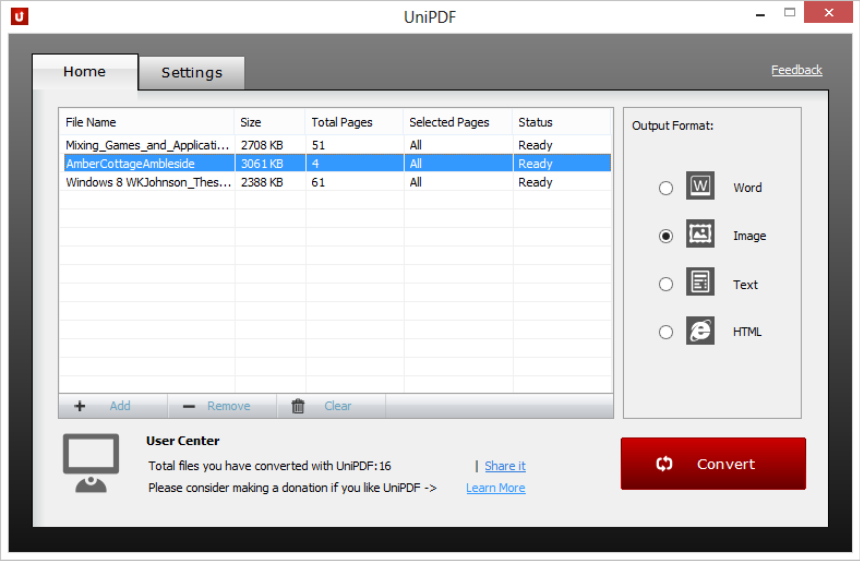
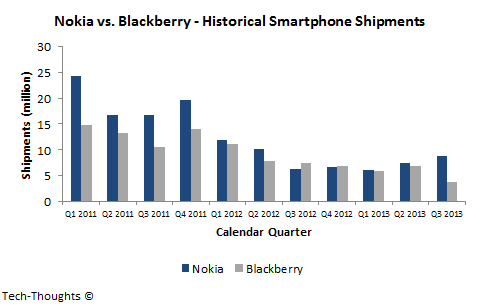
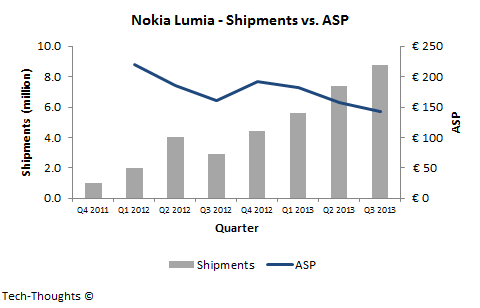
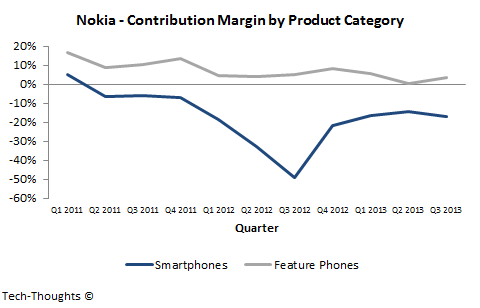
 Sameer Singh is an M&A professional and business strategy consultant focusing on the mobile technology sector. He is founder and editor of
Sameer Singh is an M&A professional and business strategy consultant focusing on the mobile technology sector. He is founder and editor of 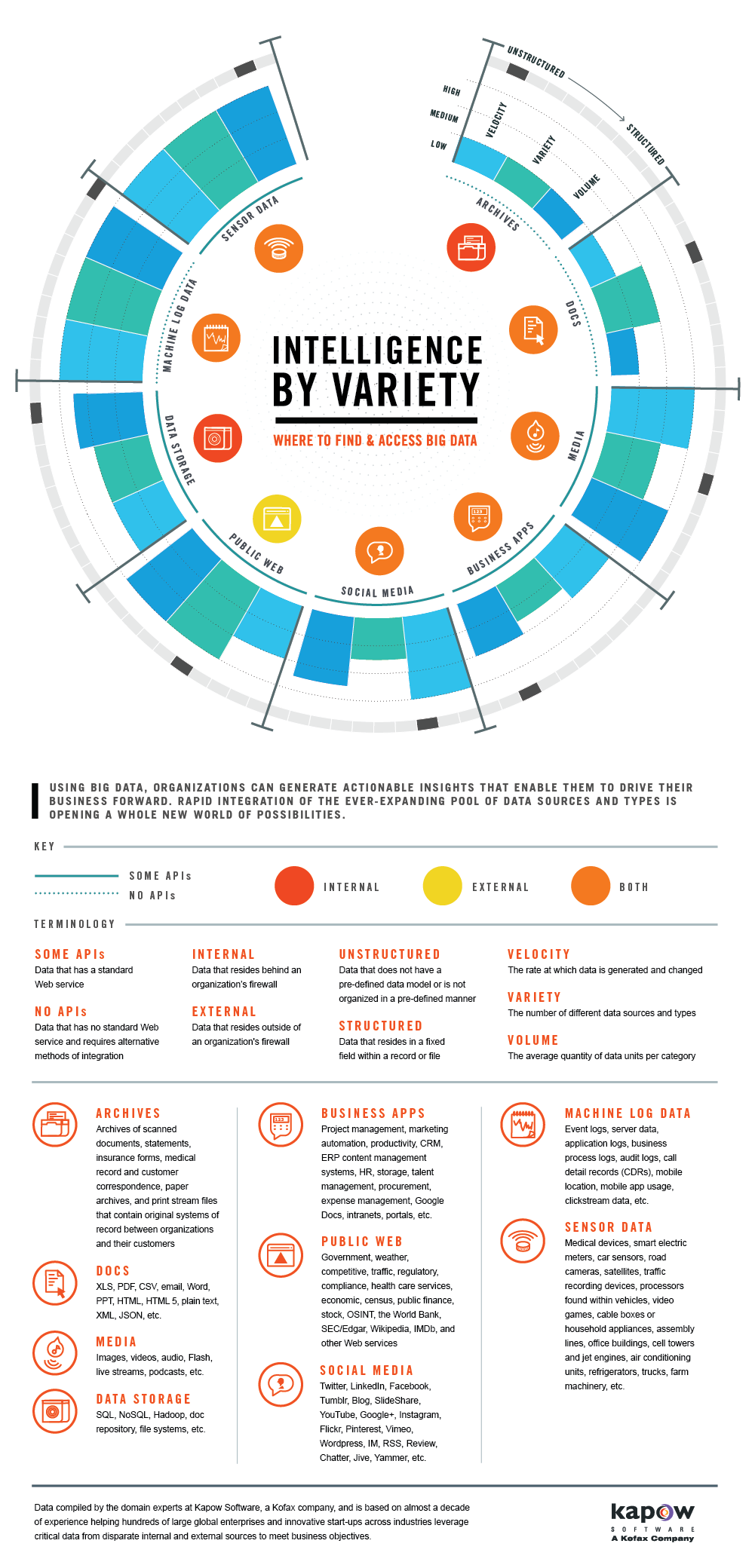
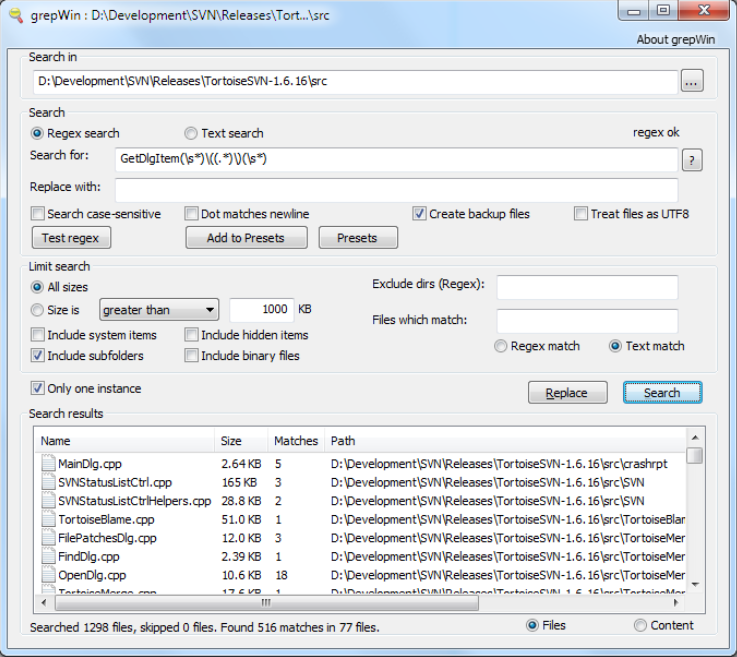


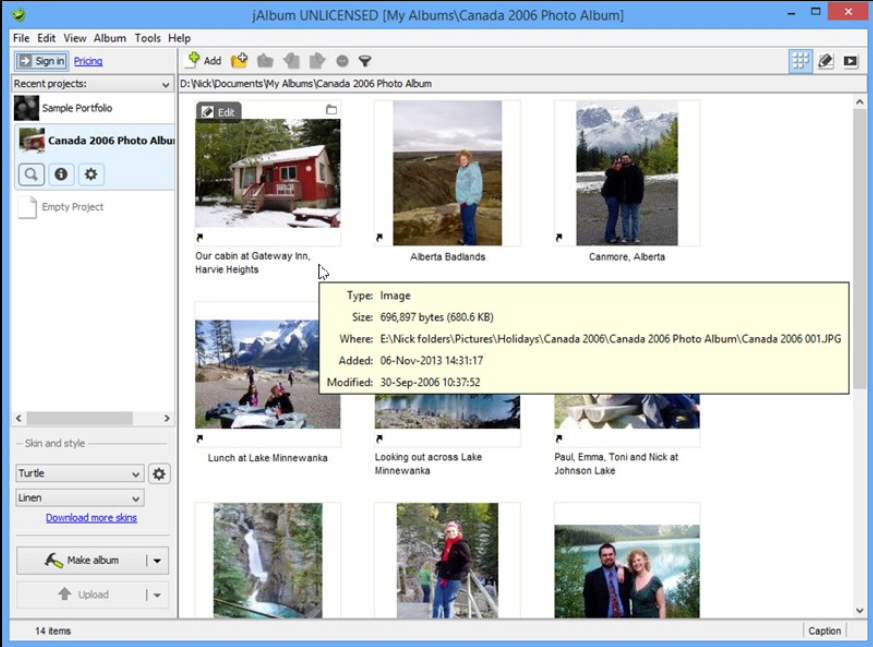
 People celebrate birthdays every year but the celebrations have expanded beyond humans. A search of YouTube reveals people baking birthday cakes and having celebrations for
People celebrate birthdays every year but the celebrations have expanded beyond humans. A search of YouTube reveals people baking birthday cakes and having celebrations for  Inori Aizawa, the official mascot for Internet Explorer (in Singapore at least) is an Anime heroine who spends her time fighting against the dark side of the web.
Inori Aizawa, the official mascot for Internet Explorer (in Singapore at least) is an Anime heroine who spends her time fighting against the dark side of the web.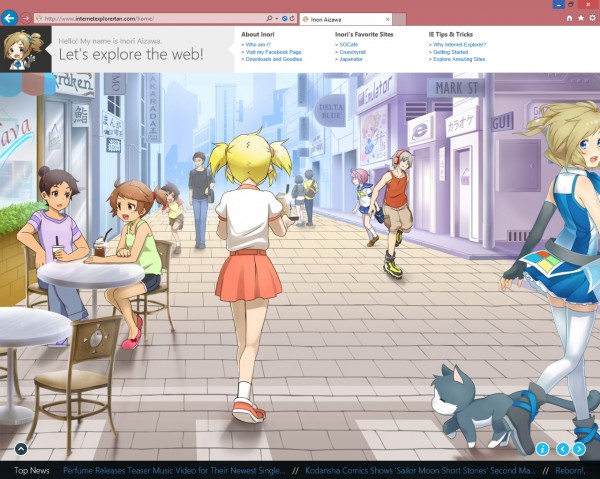

 Google Glass has caused a bit of a stir, whether it's for the ability to turn us all into
Google Glass has caused a bit of a stir, whether it's for the ability to turn us all into 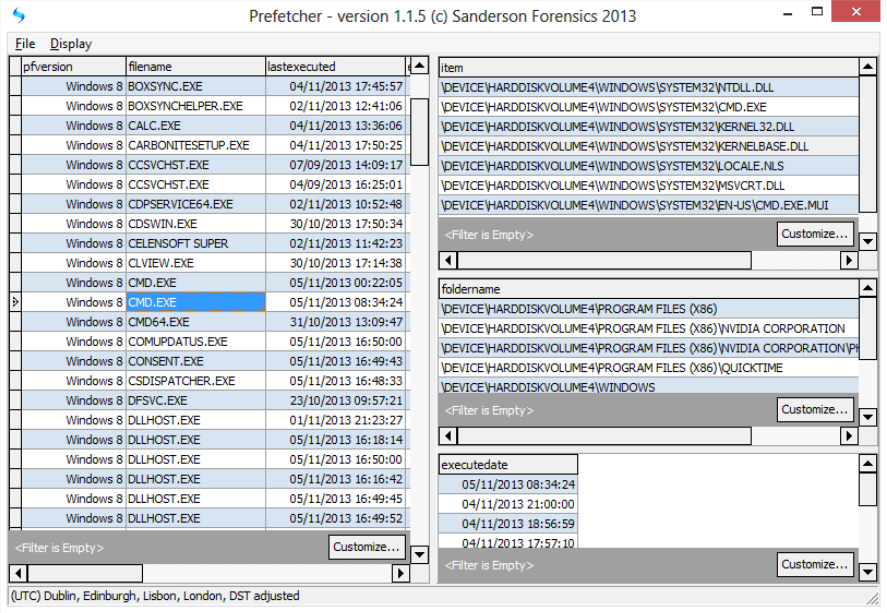
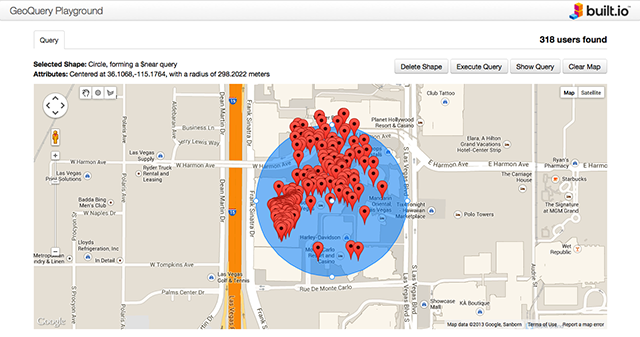
 "By taking care of all the heavy lifting involved with building an app backend from scratch, built.io gives businesses a way to finally meet the pent-up demand for apps sparked by today’s mobile workflows, 'app store' culture, and BYOD trends," adds Sampat.
"By taking care of all the heavy lifting involved with building an app backend from scratch, built.io gives businesses a way to finally meet the pent-up demand for apps sparked by today’s mobile workflows, 'app store' culture, and BYOD trends," adds Sampat.

 It's becoming a familiar story. A big name company decides to reveal figures about the number of requests for data that have been received from the government, apologizing straight away for the lack of detail it can provide.
It's becoming a familiar story. A big name company decides to reveal figures about the number of requests for data that have been received from the government, apologizing straight away for the lack of detail it can provide.  Google is going to start displaying Google+ Photos as caller ID images from early 2014. The new feature will be enabled by default for anyone who has a verified phone number associated with their Google account.
Google is going to start displaying Google+ Photos as caller ID images from early 2014. The new feature will be enabled by default for anyone who has a verified phone number associated with their Google account.
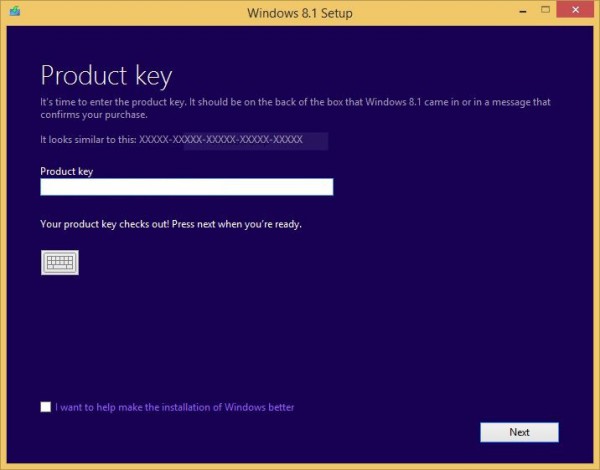
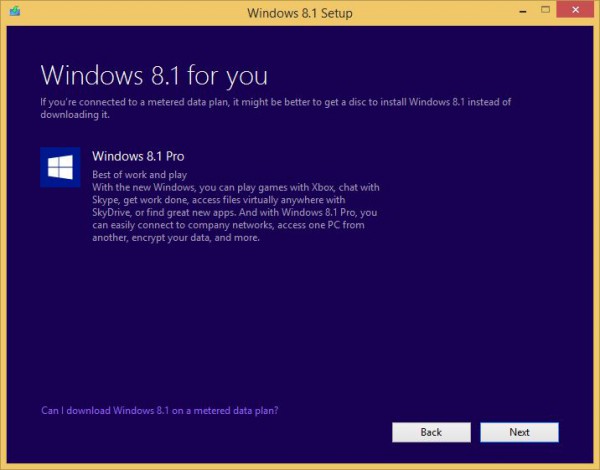
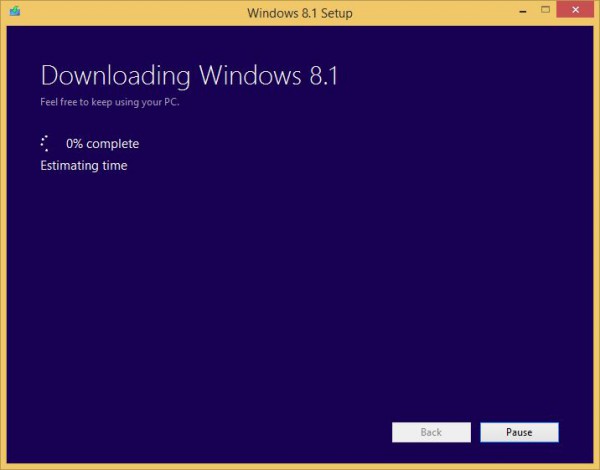
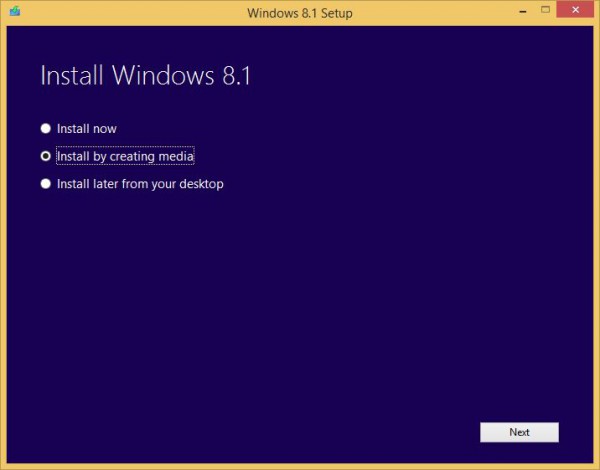
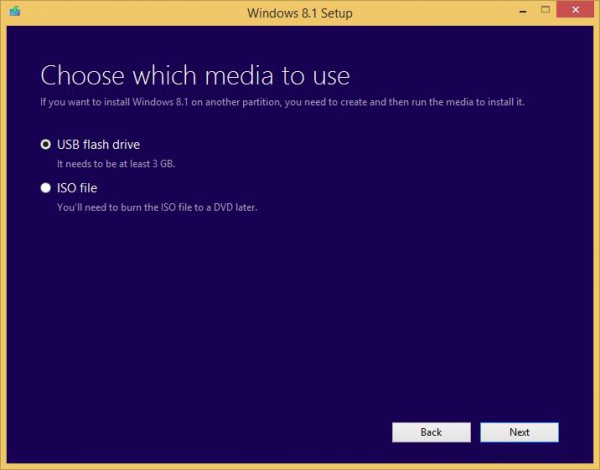
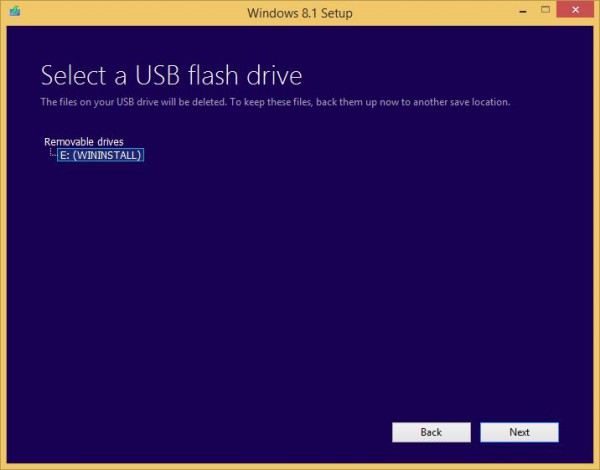
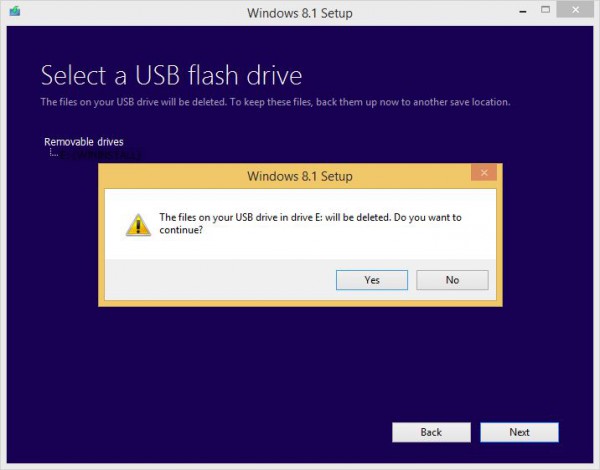
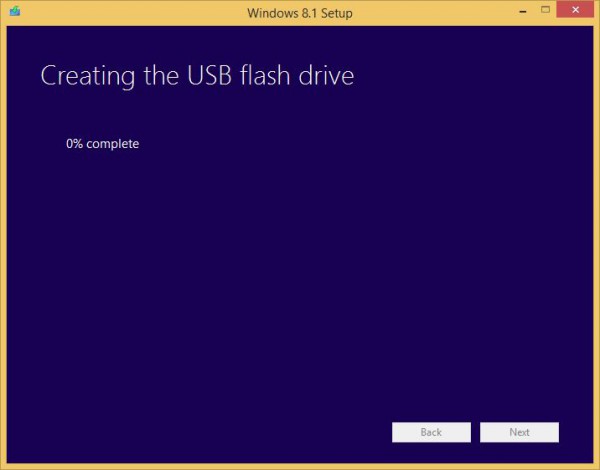
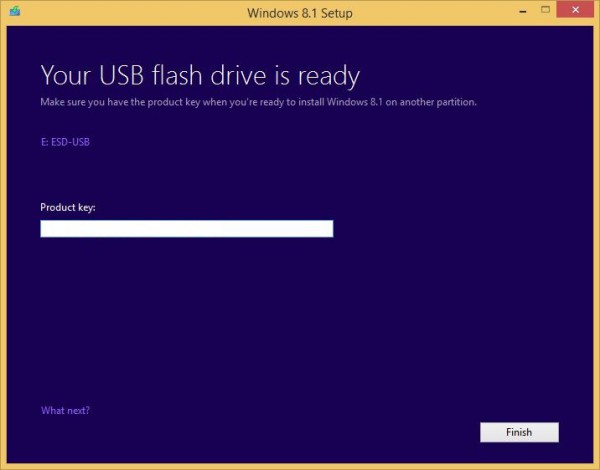


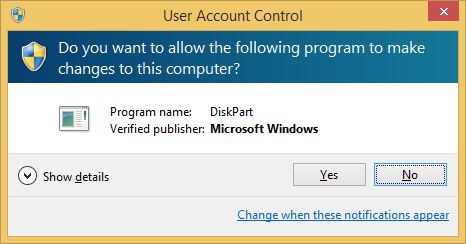
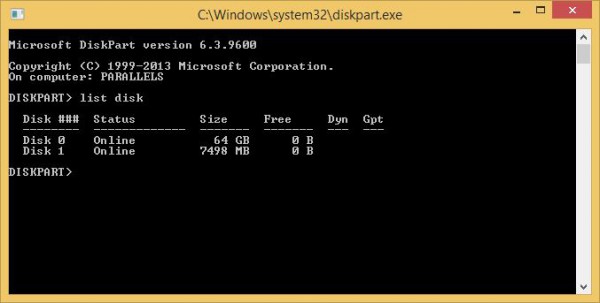
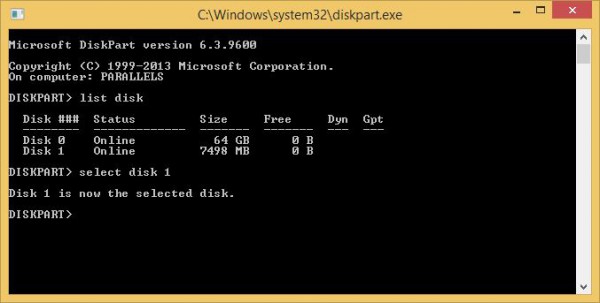
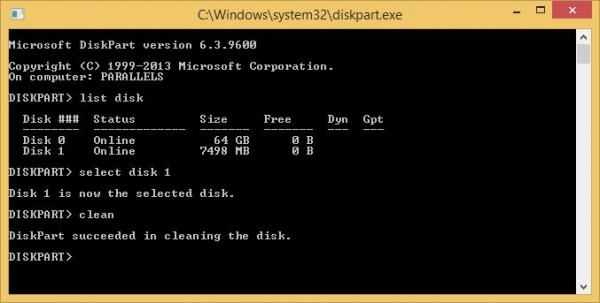
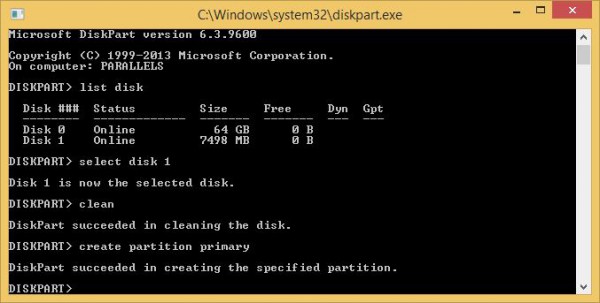
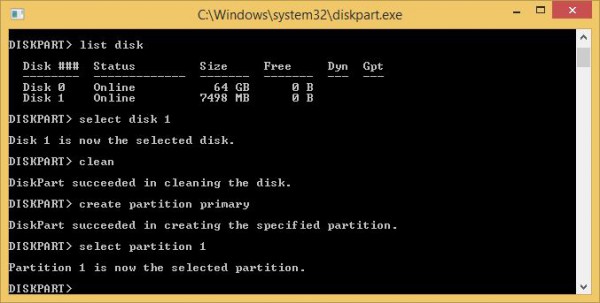
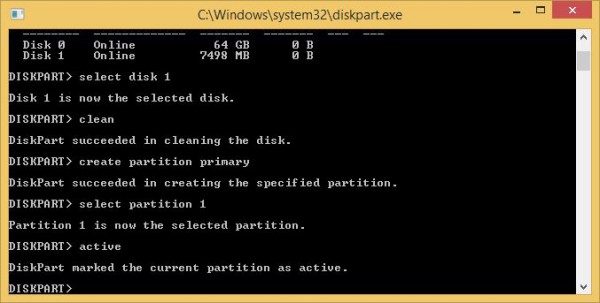
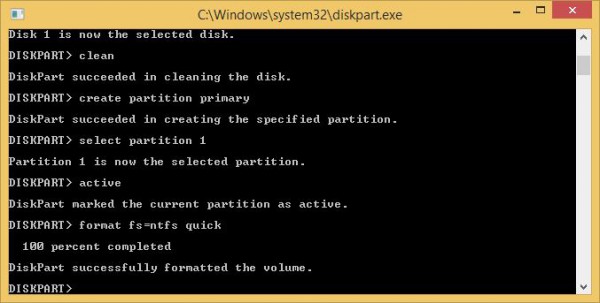
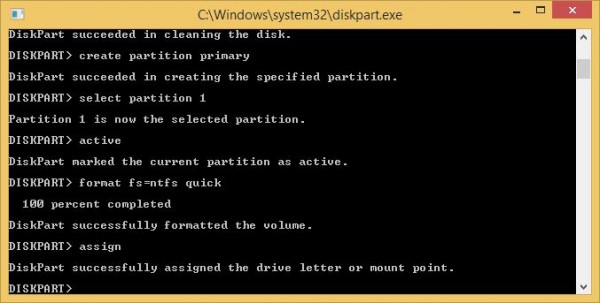
 The increasing popularity of BYOD brings a number of challenges for IT departments, not least of which is ensuring that files are handled in an approved and secure way. The problem is that users don’t often see things the same way. A new survey by
The increasing popularity of BYOD brings a number of challenges for IT departments, not least of which is ensuring that files are handled in an approved and secure way. The problem is that users don’t often see things the same way. A new survey by 
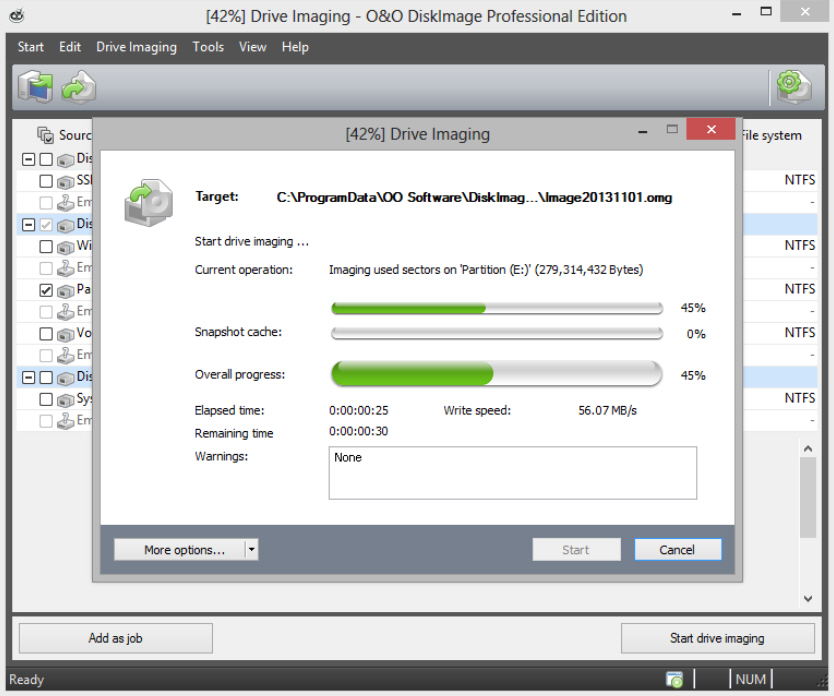
 Microsoft, while not innovating at Mozilla-Google rate, has been stepping up development of Internet Explorer -- thankfully moving on from the dim, dark days of IE6. Windows 8.1 comes with the shiny new Internet Explorer 11, and with that release Google implements plans to begin phasing out version 9 of the browser.
Microsoft, while not innovating at Mozilla-Google rate, has been stepping up development of Internet Explorer -- thankfully moving on from the dim, dark days of IE6. Windows 8.1 comes with the shiny new Internet Explorer 11, and with that release Google implements plans to begin phasing out version 9 of the browser.



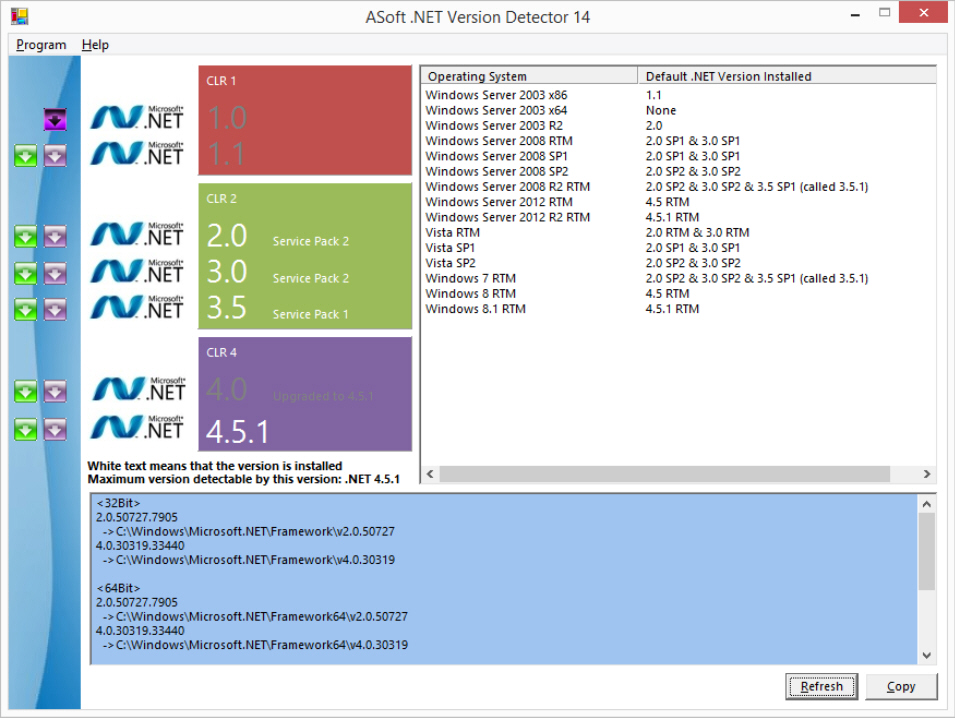
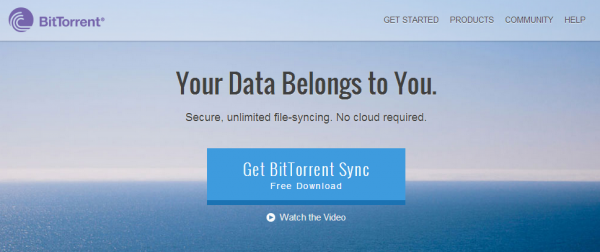
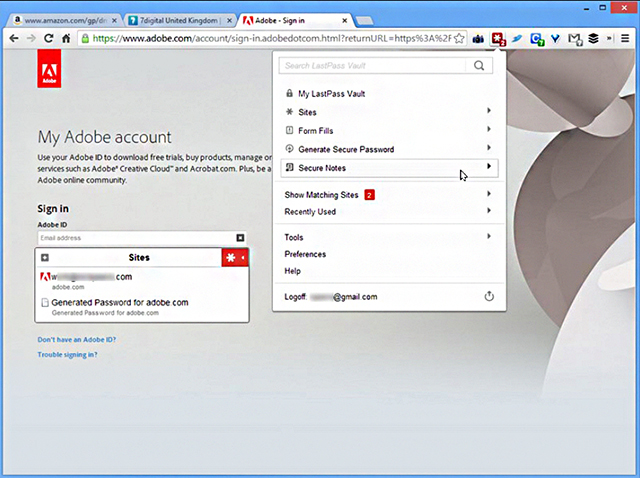
 Samsung and Google jointly released the Galaxy Nexus just over two years ago, in October 2011. The handset is no longer shiny and new, but that doesn't mean there aren't still customers using the device -- it's still for sale at retail locations like Amazon. And Nexus owners could be considered the hardcore Android fans or, in other words, the very ones who know about, and want, version 4.4 of the mobile operating system.
Samsung and Google jointly released the Galaxy Nexus just over two years ago, in October 2011. The handset is no longer shiny and new, but that doesn't mean there aren't still customers using the device -- it's still for sale at retail locations like Amazon. And Nexus owners could be considered the hardcore Android fans or, in other words, the very ones who know about, and want, version 4.4 of the mobile operating system. Dropbox is a name that's usually associated with online storage where it finds itself pitted against the likes of Google Drive and Microsoft's SkyDrive. But now the company could be branching out in a new direction with the
Dropbox is a name that's usually associated with online storage where it finds itself pitted against the likes of Google Drive and Microsoft's SkyDrive. But now the company could be branching out in a new direction with the 
 As promised
As promised 
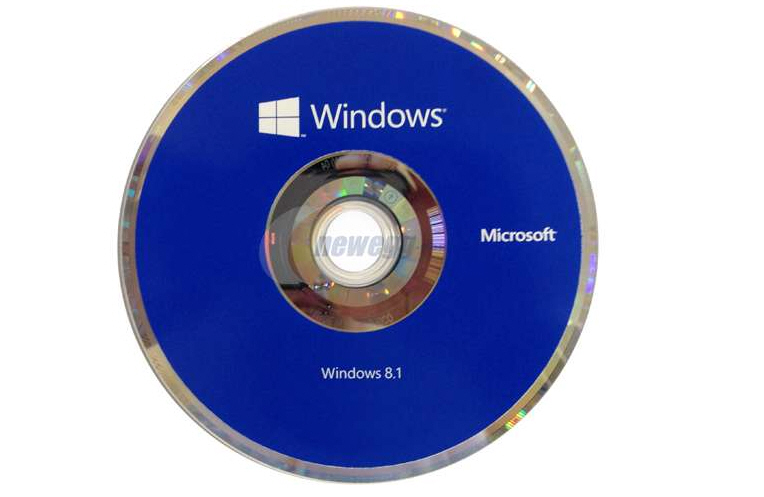
 When I was a young man, I hated school. While sitting in the dreary classroom, I would often stare out the window and daydream about the huge world out there. However, there were times when I loved school -- on field trip days. On these days, we would board a big yellow school bus and travel to a magical place such as the Zoo or a Broadway show.
When I was a young man, I hated school. While sitting in the dreary classroom, I would often stare out the window and daydream about the huge world out there. However, there were times when I loved school -- on field trip days. On these days, we would board a big yellow school bus and travel to a magical place such as the Zoo or a Broadway show.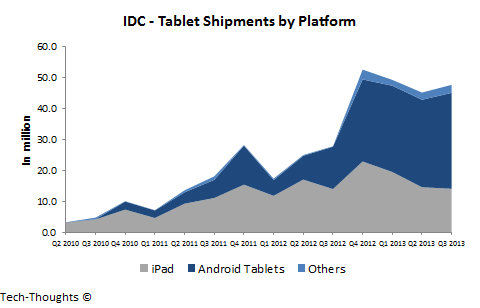
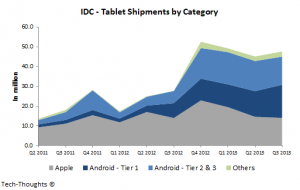
 Sameer Singh is an M&A professional and business strategy consultant focusing on the mobile technology sector. He is founder and editor of
Sameer Singh is an M&A professional and business strategy consultant focusing on the mobile technology sector. He is founder and editor of 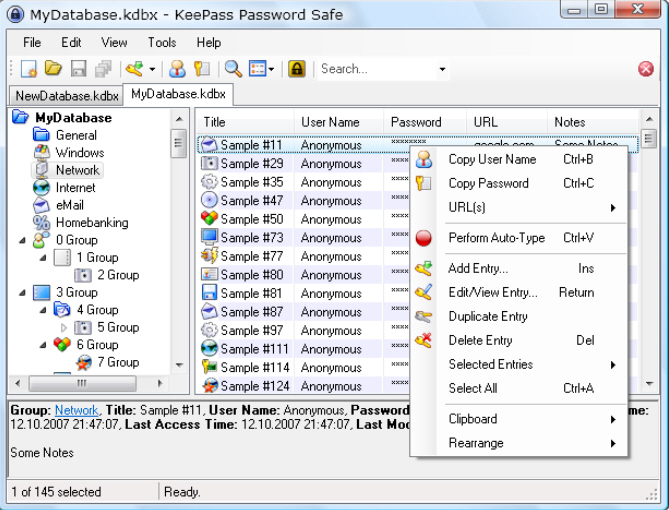
 BlackBerry CEO Thorsten Heins is to resign from his position at the head of the company, and the board of directors is also facing a reshuffle. The
BlackBerry CEO Thorsten Heins is to resign from his position at the head of the company, and the board of directors is also facing a reshuffle. The 
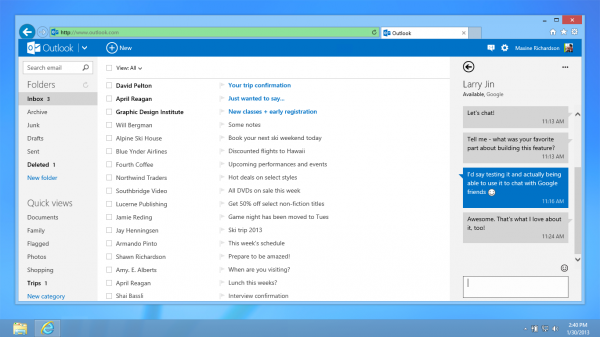

 The increasing use of technology by customers presents many challenges for business. This means that traditional areas like finance and operations may no longer be driving change. According to a new report by research specialists
The increasing use of technology by customers presents many challenges for business. This means that traditional areas like finance and operations may no longer be driving change. According to a new report by research specialists 
 After the launch of its own brand tablet,
After the launch of its own brand tablet, 
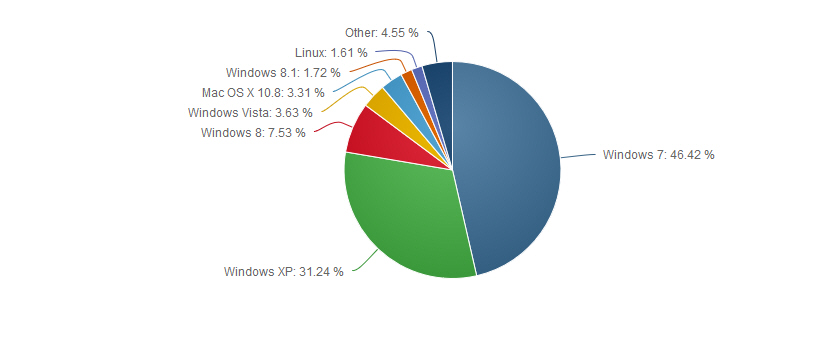
 To cloud or not to cloud? It's a question a lot of my clients are asking more often, and is undoubtedly one of the biggest trends in the IT industry right now. SaaS, PaaS, IaaS, and soon to be
To cloud or not to cloud? It's a question a lot of my clients are asking more often, and is undoubtedly one of the biggest trends in the IT industry right now. SaaS, PaaS, IaaS, and soon to be 


 Derrick Wlodarz is an IT Specialist who owns Park Ridge, IL (USA) based technology consulting & service company
Derrick Wlodarz is an IT Specialist who owns Park Ridge, IL (USA) based technology consulting & service company 



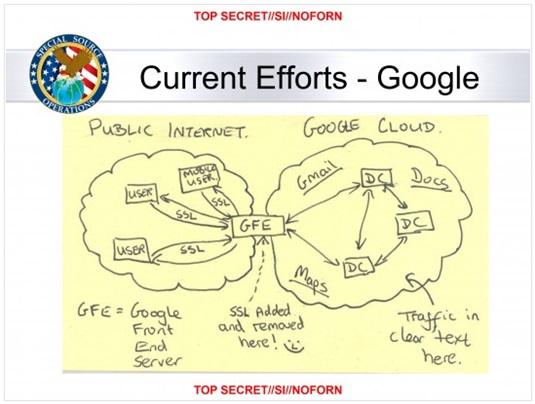


 This week Google put an end to all the speculation and finally
This week Google put an end to all the speculation and finally  When it comes to reading, I use a Kindle PaperWhite. I hate paper books with a passion -- they take up space and are obsolete. The Kindle is wonderful because it allows me to easily bookmark pages, look up definitions, and scan the book for certain words with the x-ray feature. An Amazon Prime membership enhances the Kindle experience by letting the user "borrow" a book from among 350,000 choices.
When it comes to reading, I use a Kindle PaperWhite. I hate paper books with a passion -- they take up space and are obsolete. The Kindle is wonderful because it allows me to easily bookmark pages, look up definitions, and scan the book for certain words with the x-ray feature. An Amazon Prime membership enhances the Kindle experience by letting the user "borrow" a book from among 350,000 choices.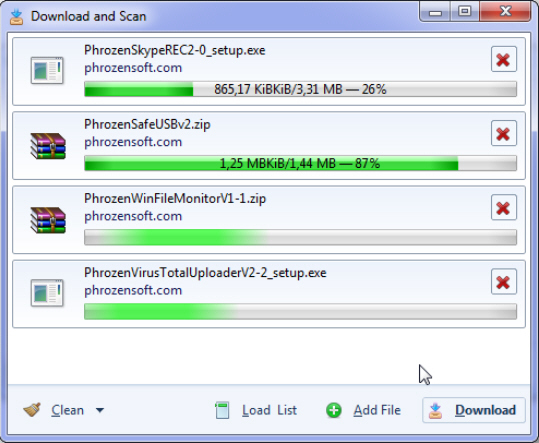

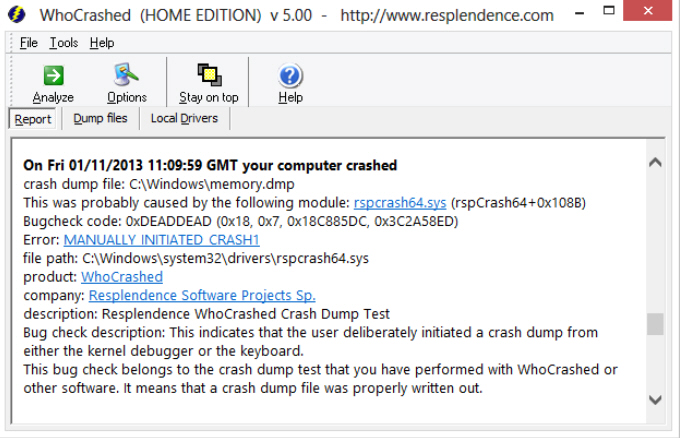
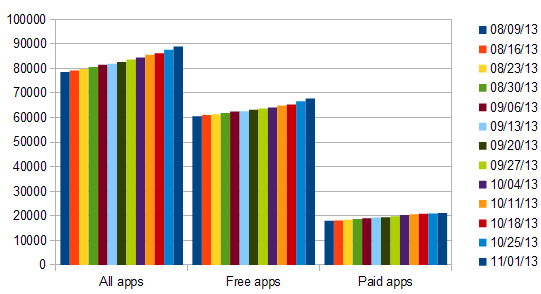










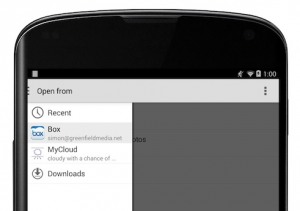 Yesterday Google, after much teasing, made available both the
Yesterday Google, after much teasing, made available both the  Running can, at times, get rather boring (especially treadmill running). I’m a huge fan of the
Running can, at times, get rather boring (especially treadmill running). I’m a huge fan of the